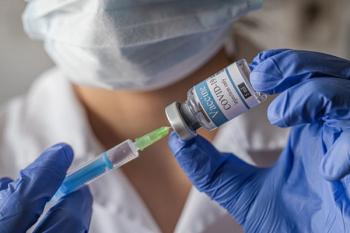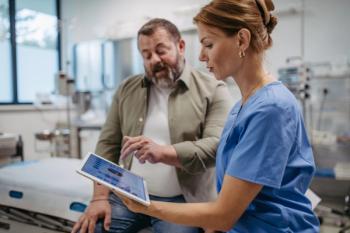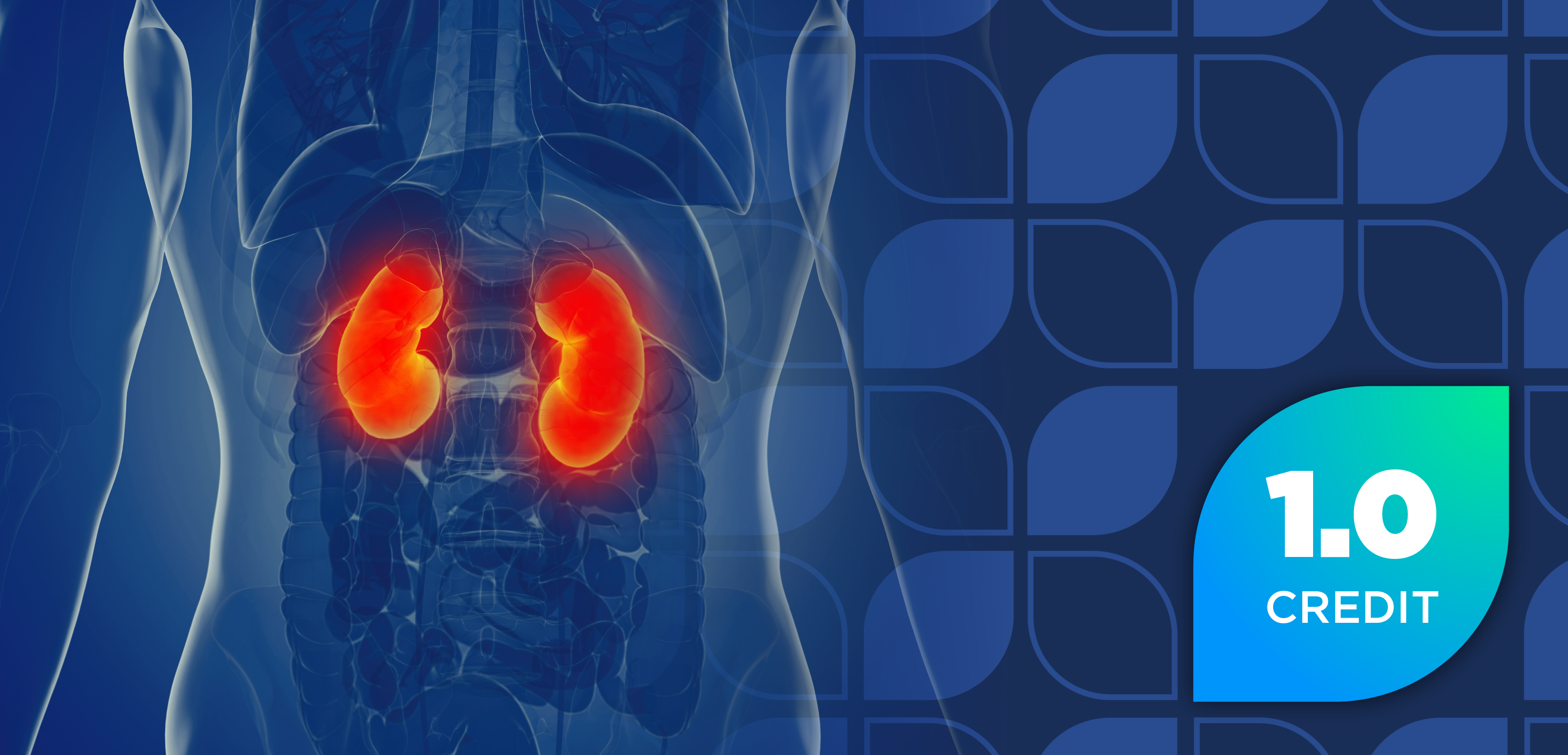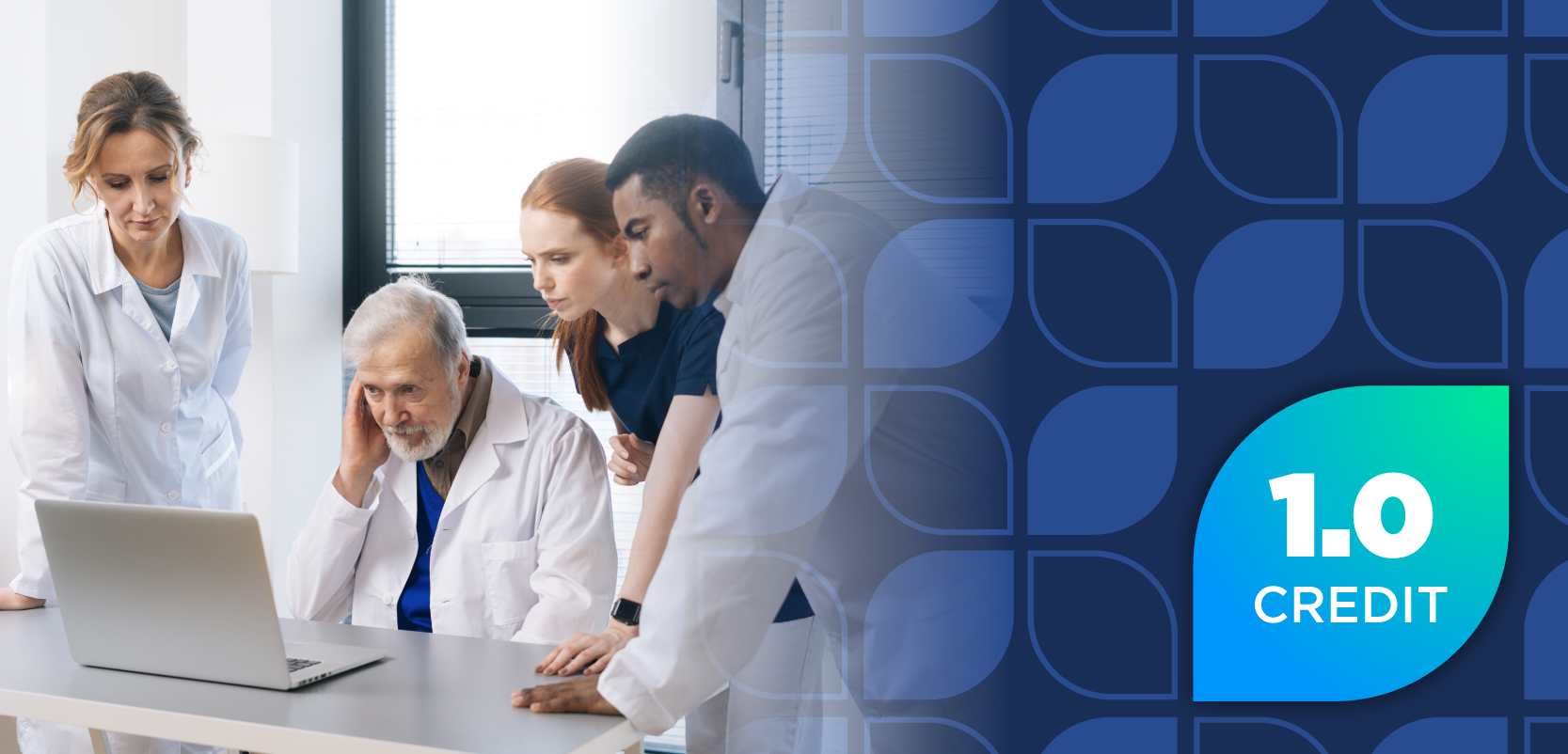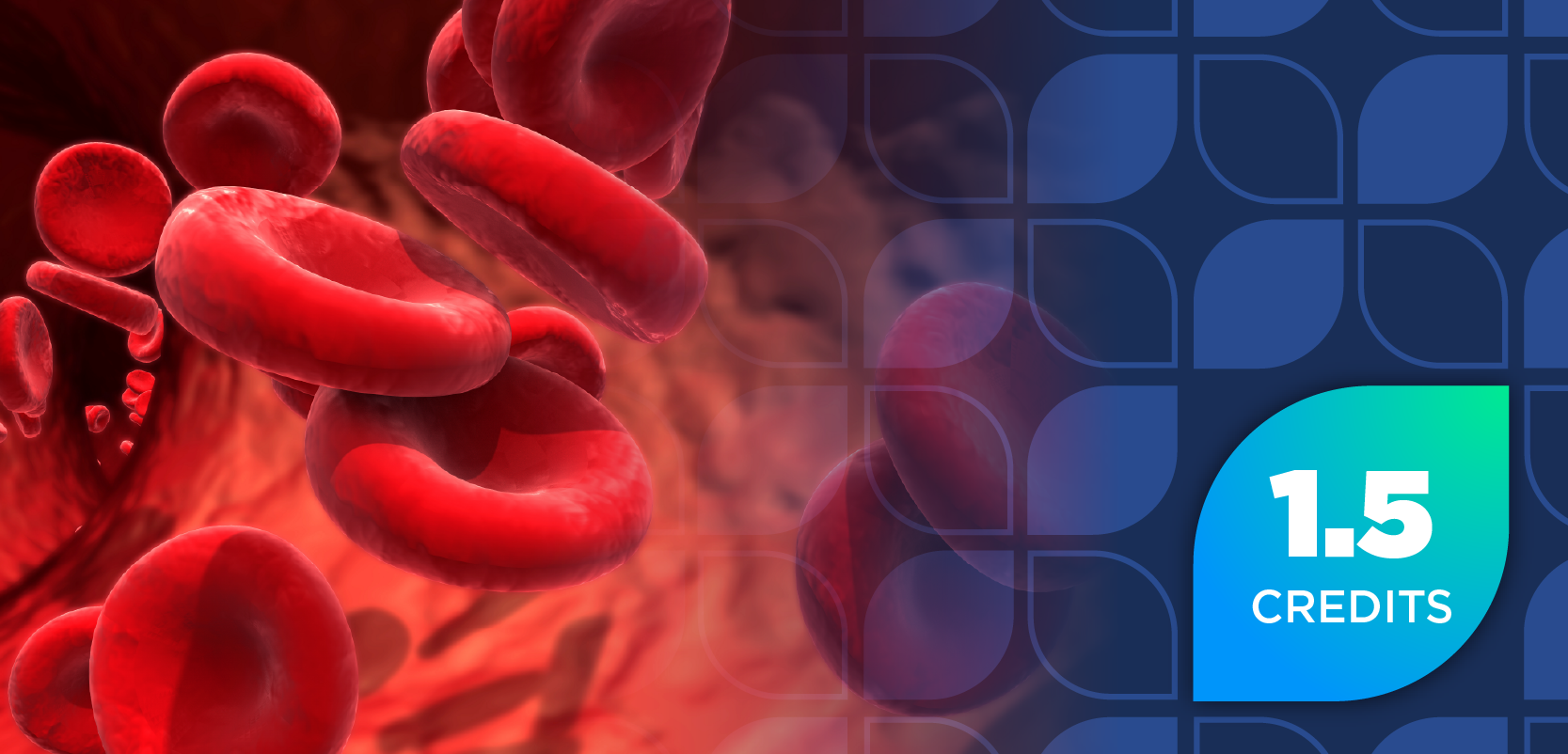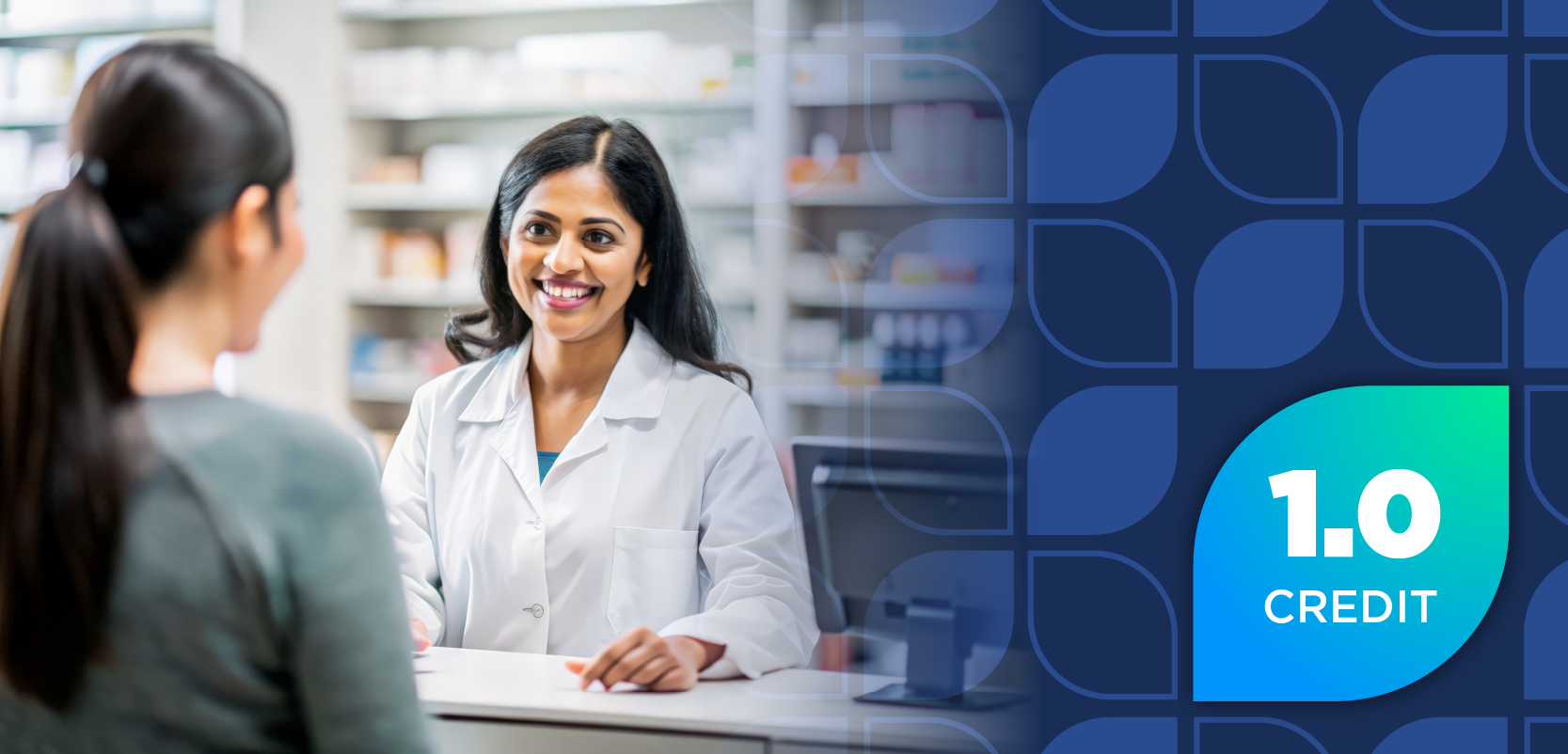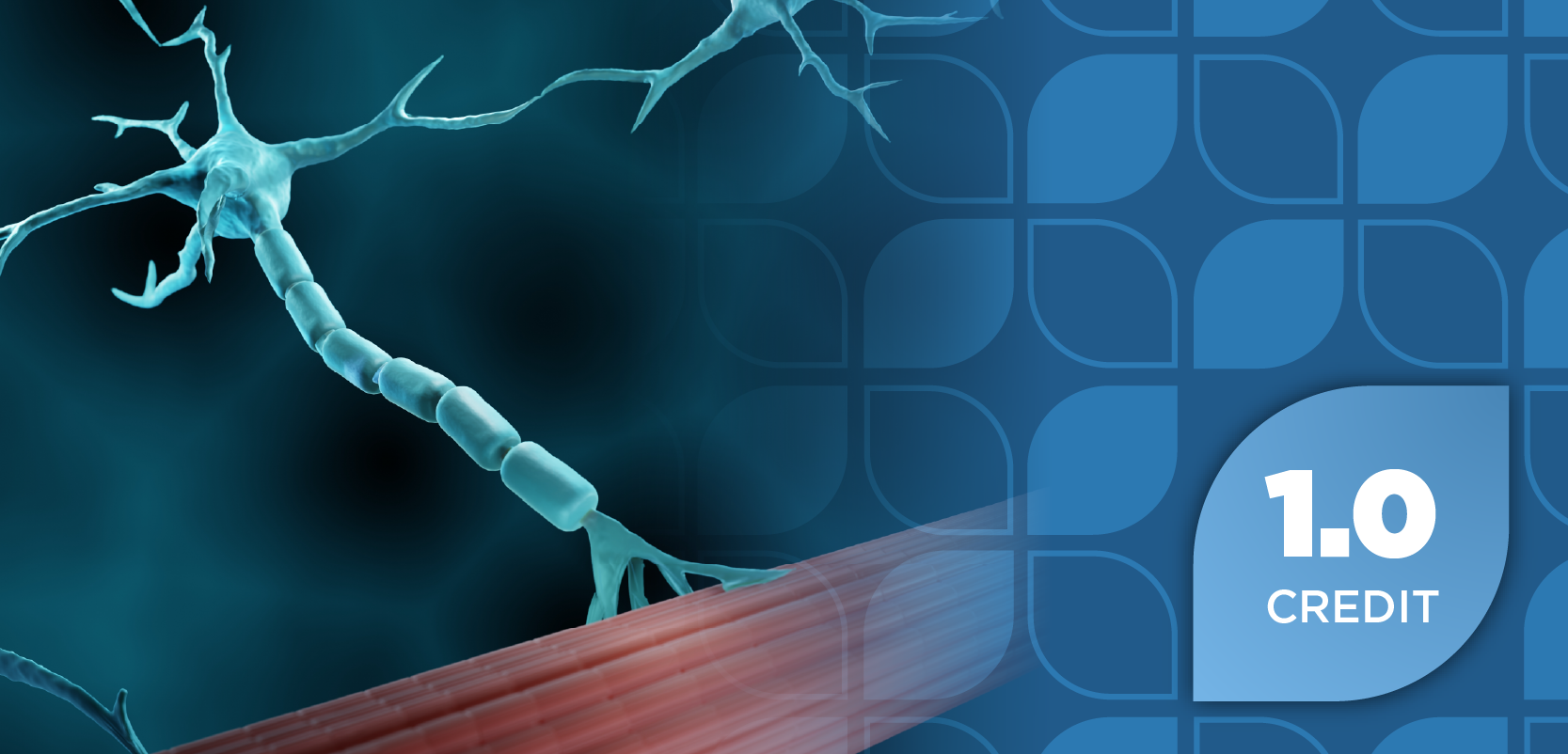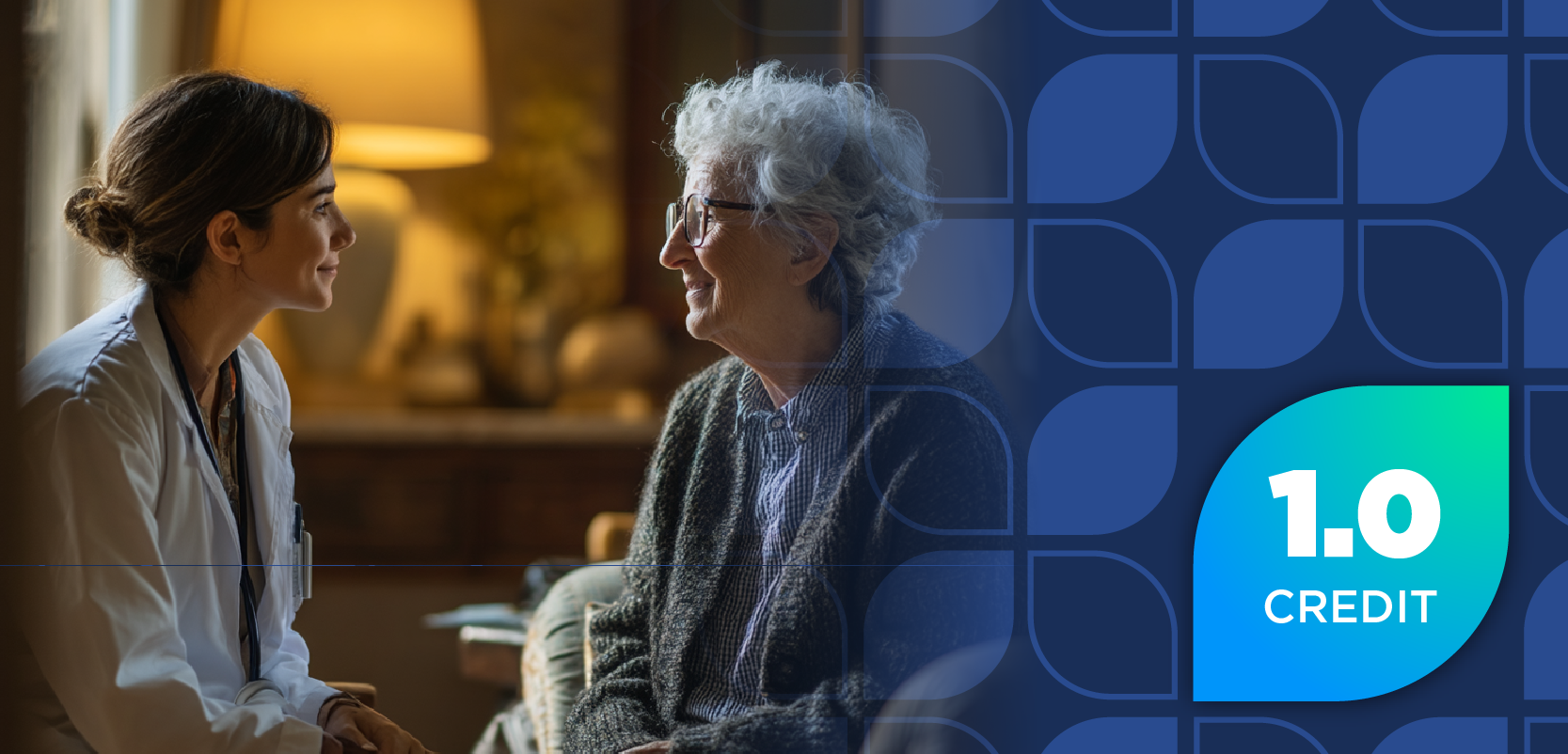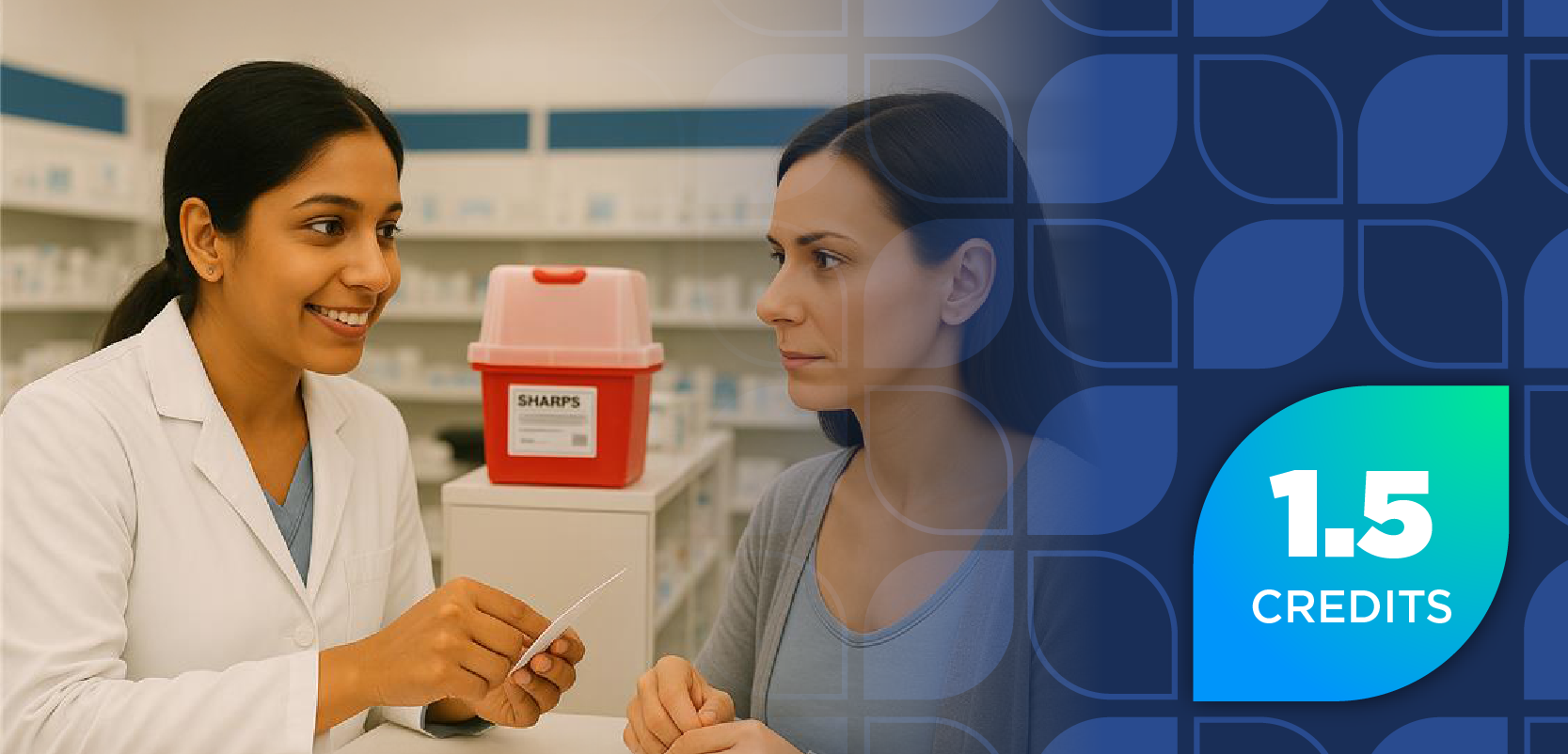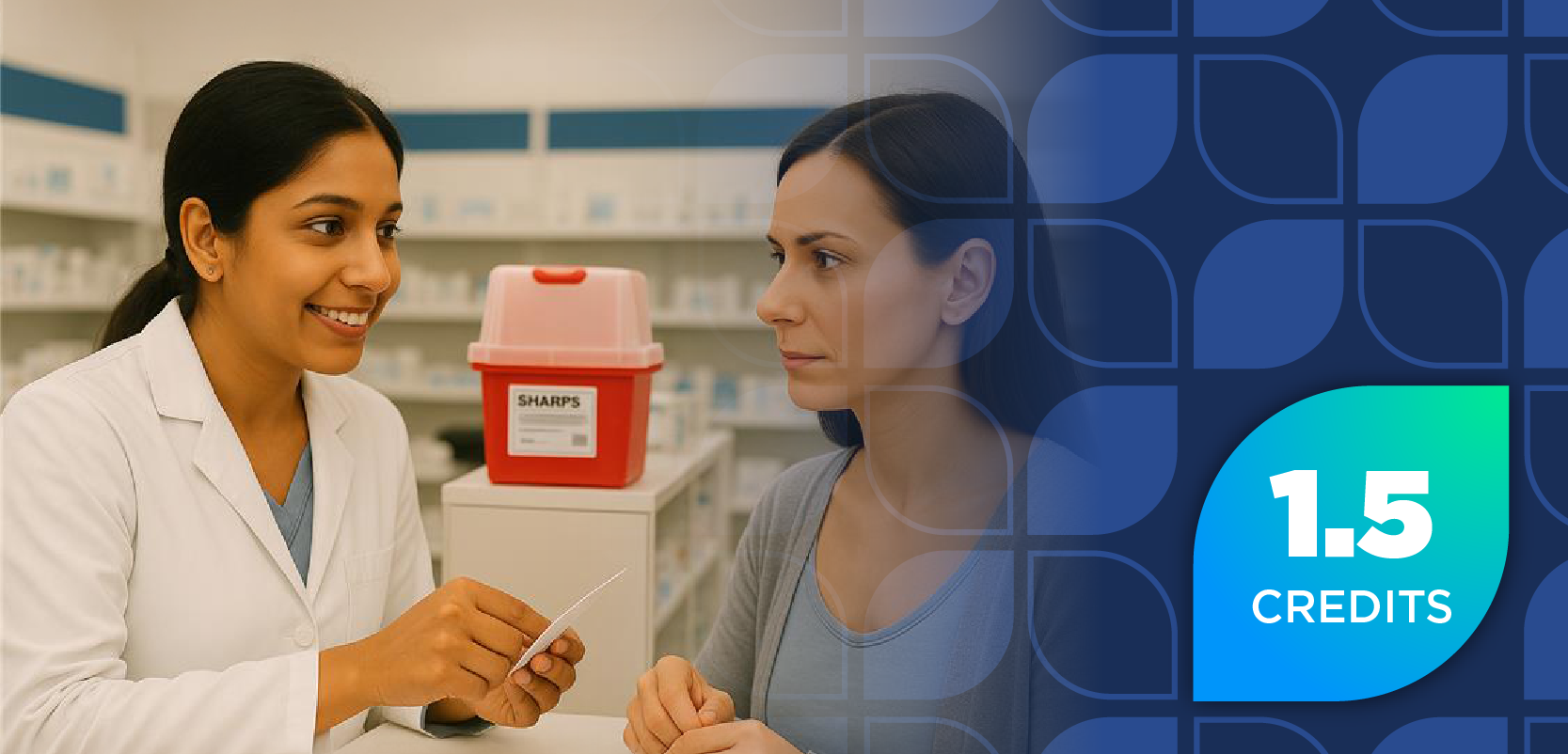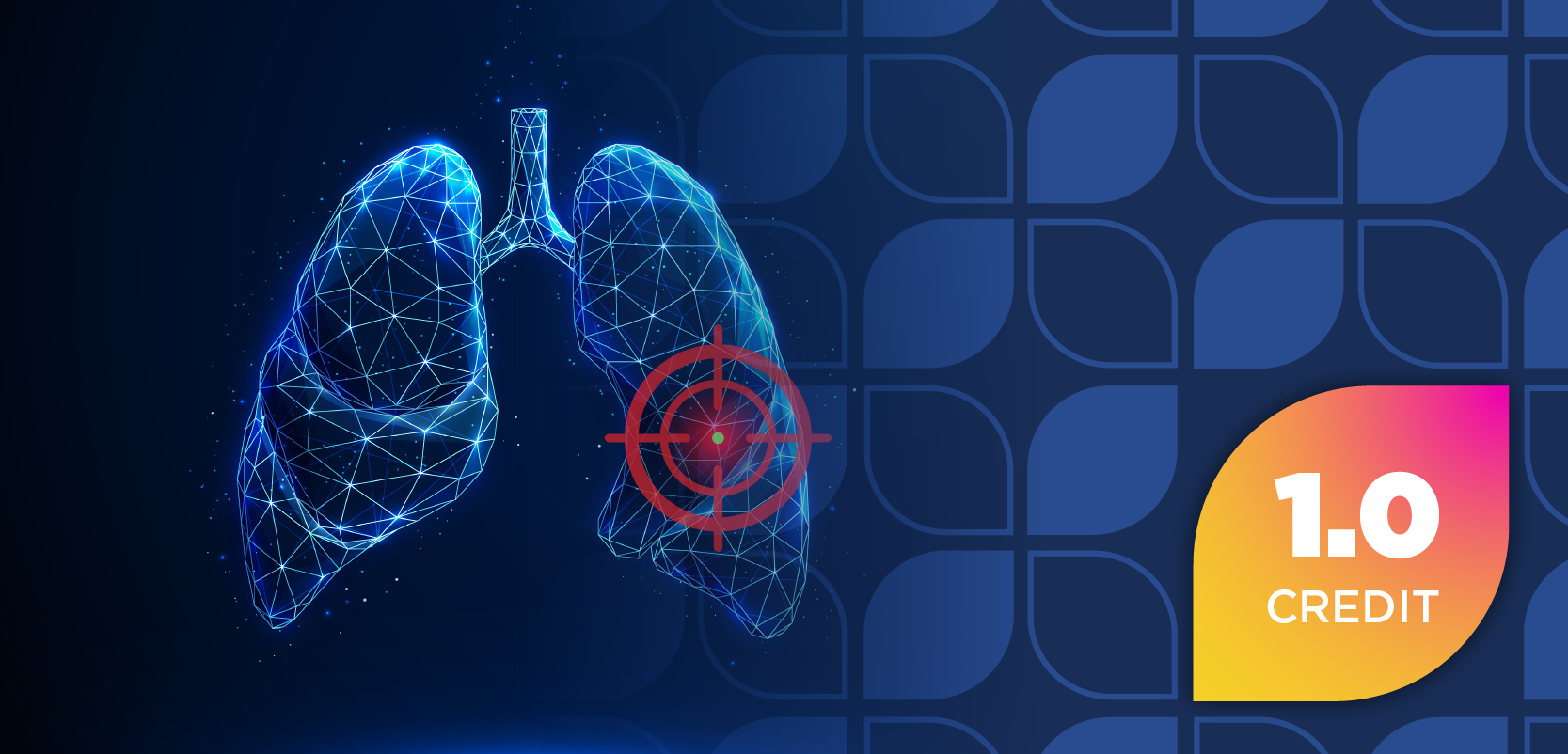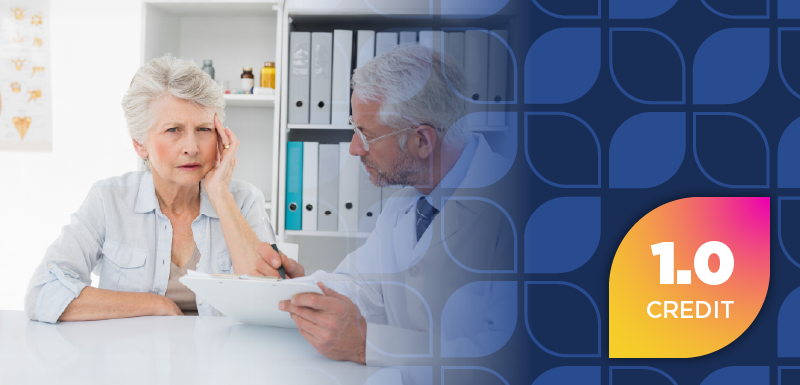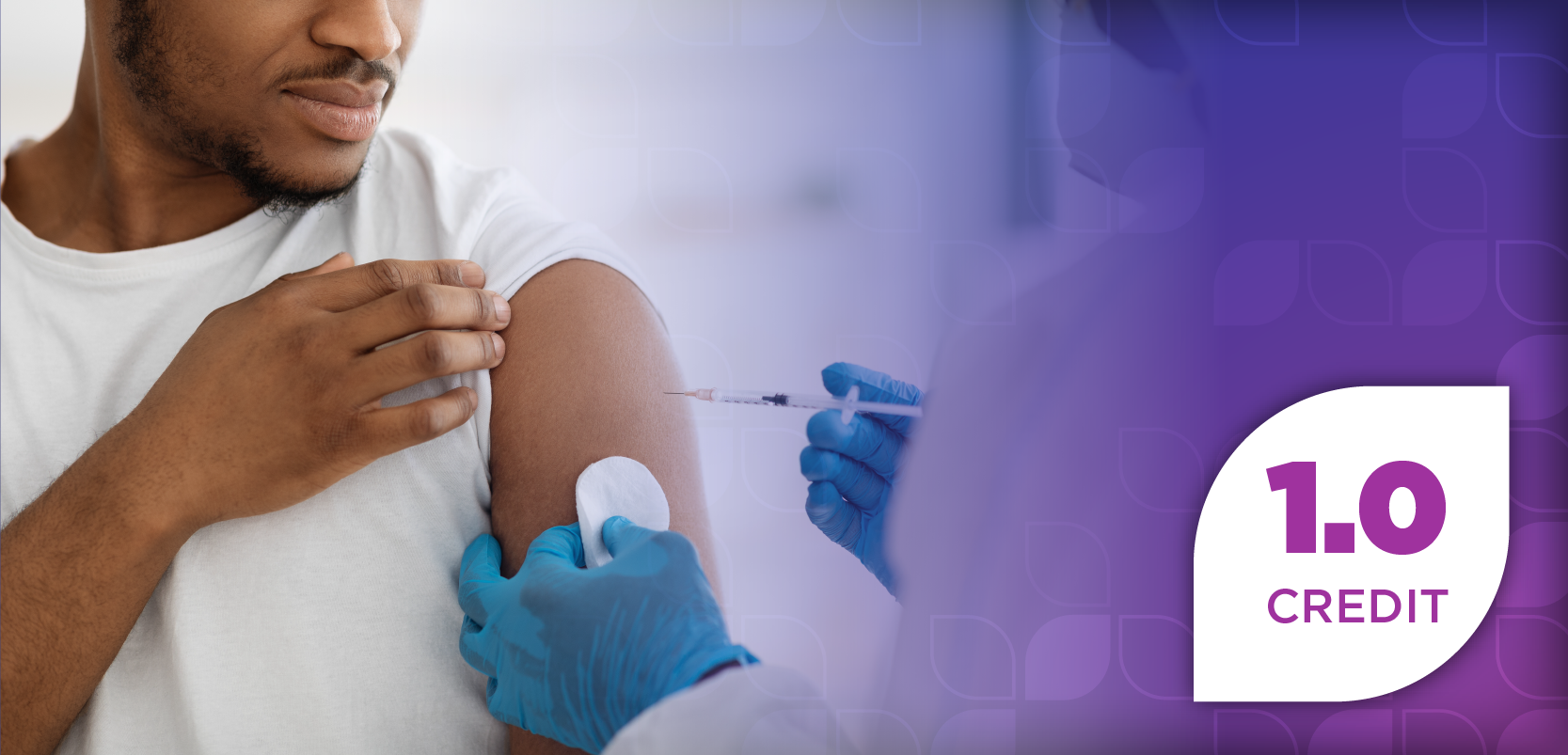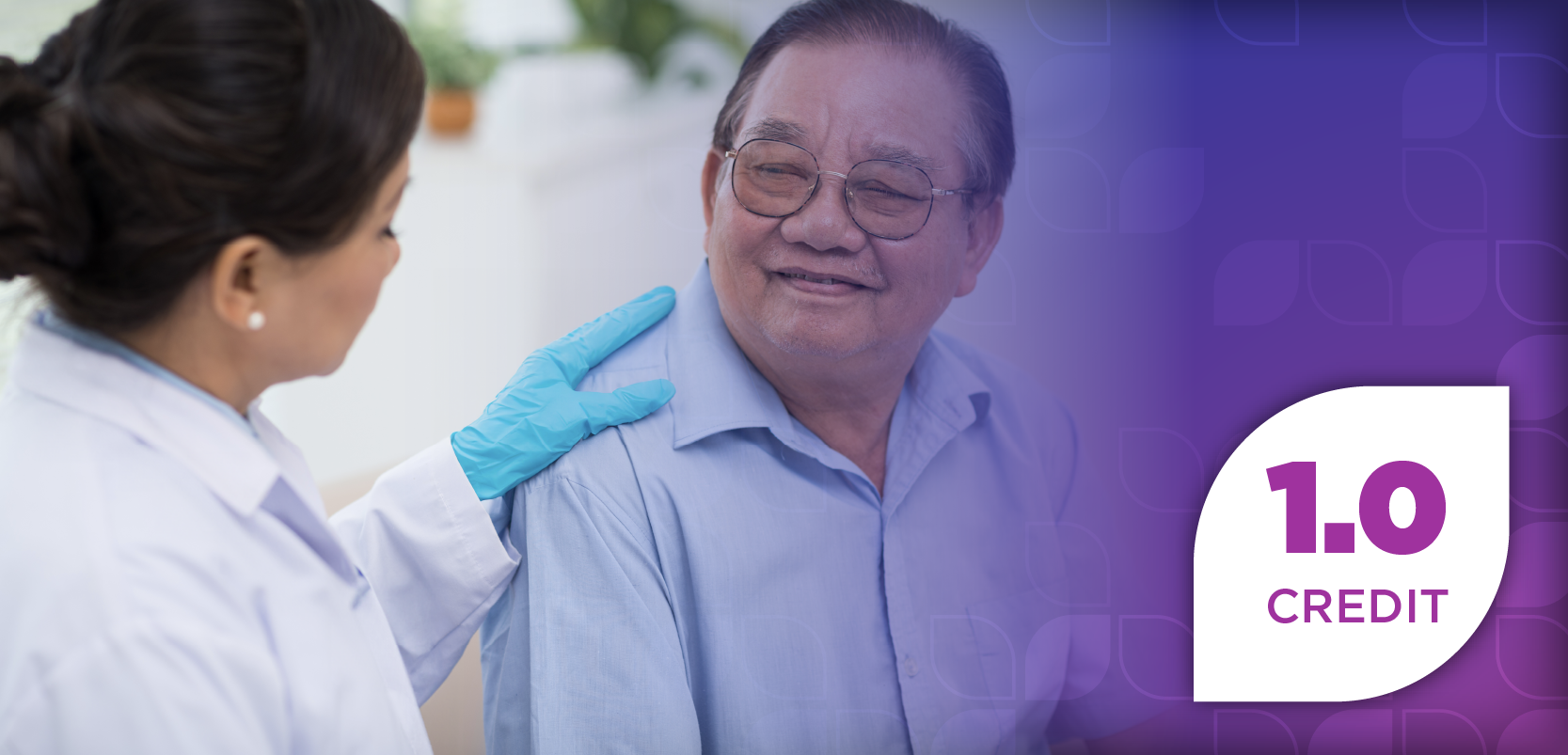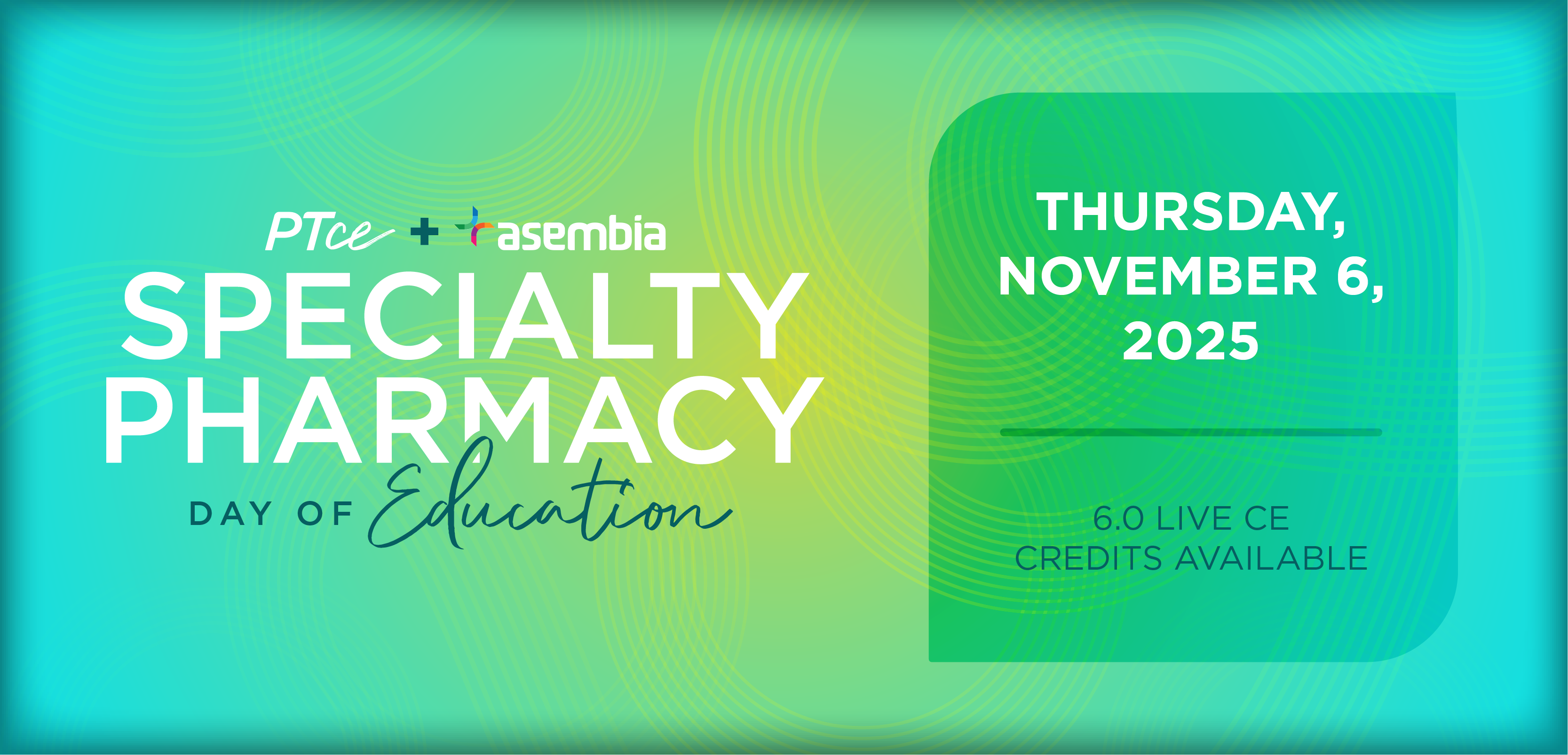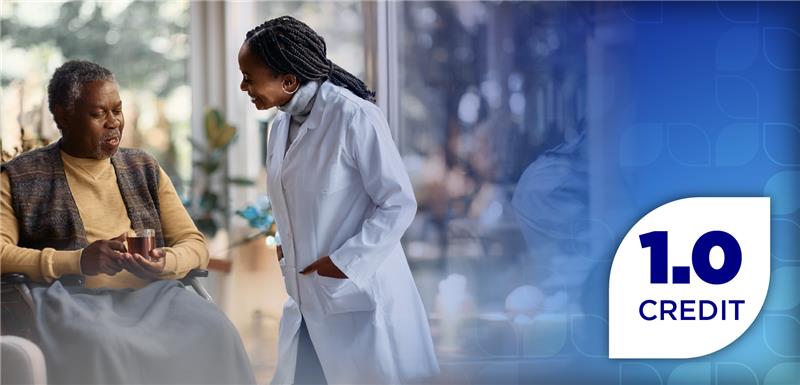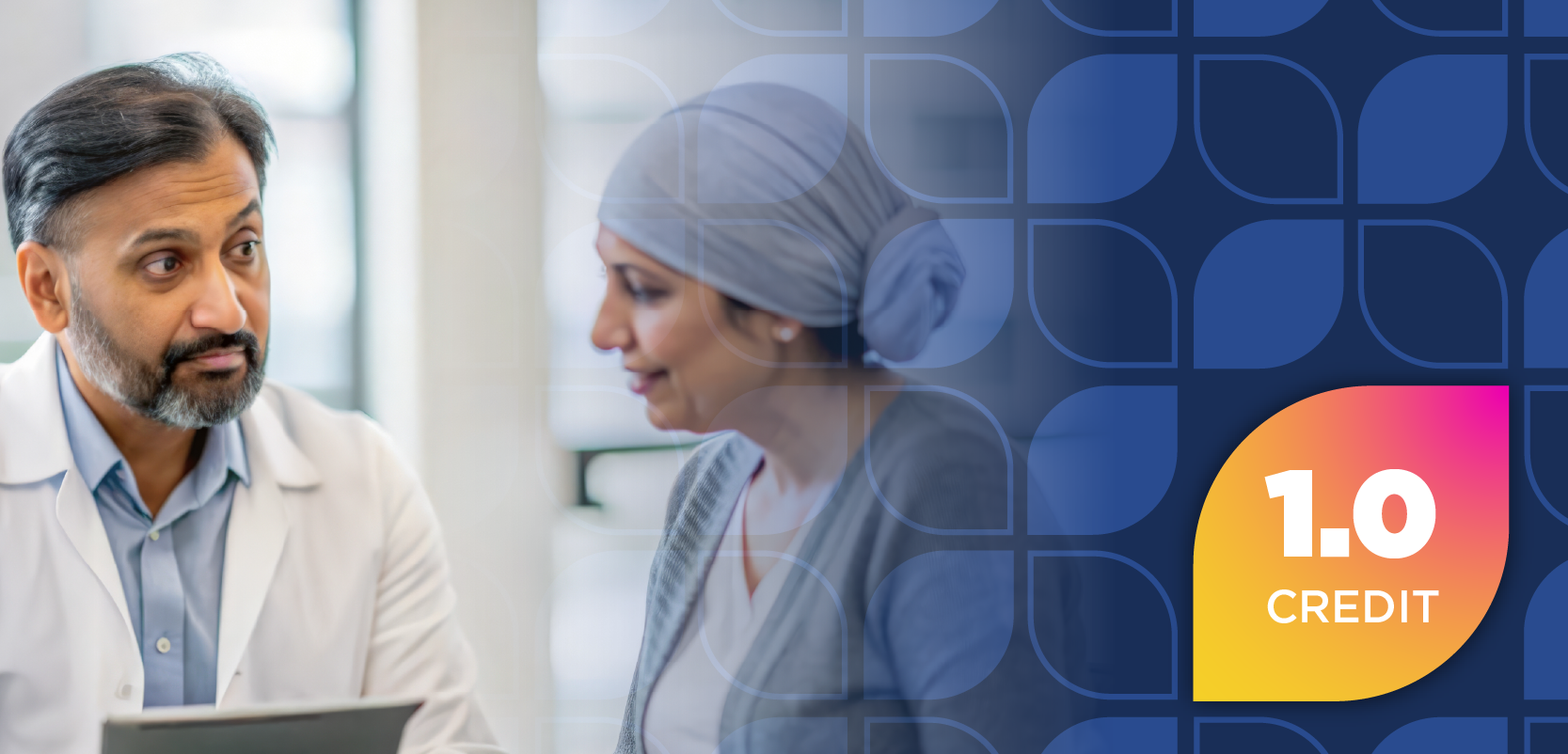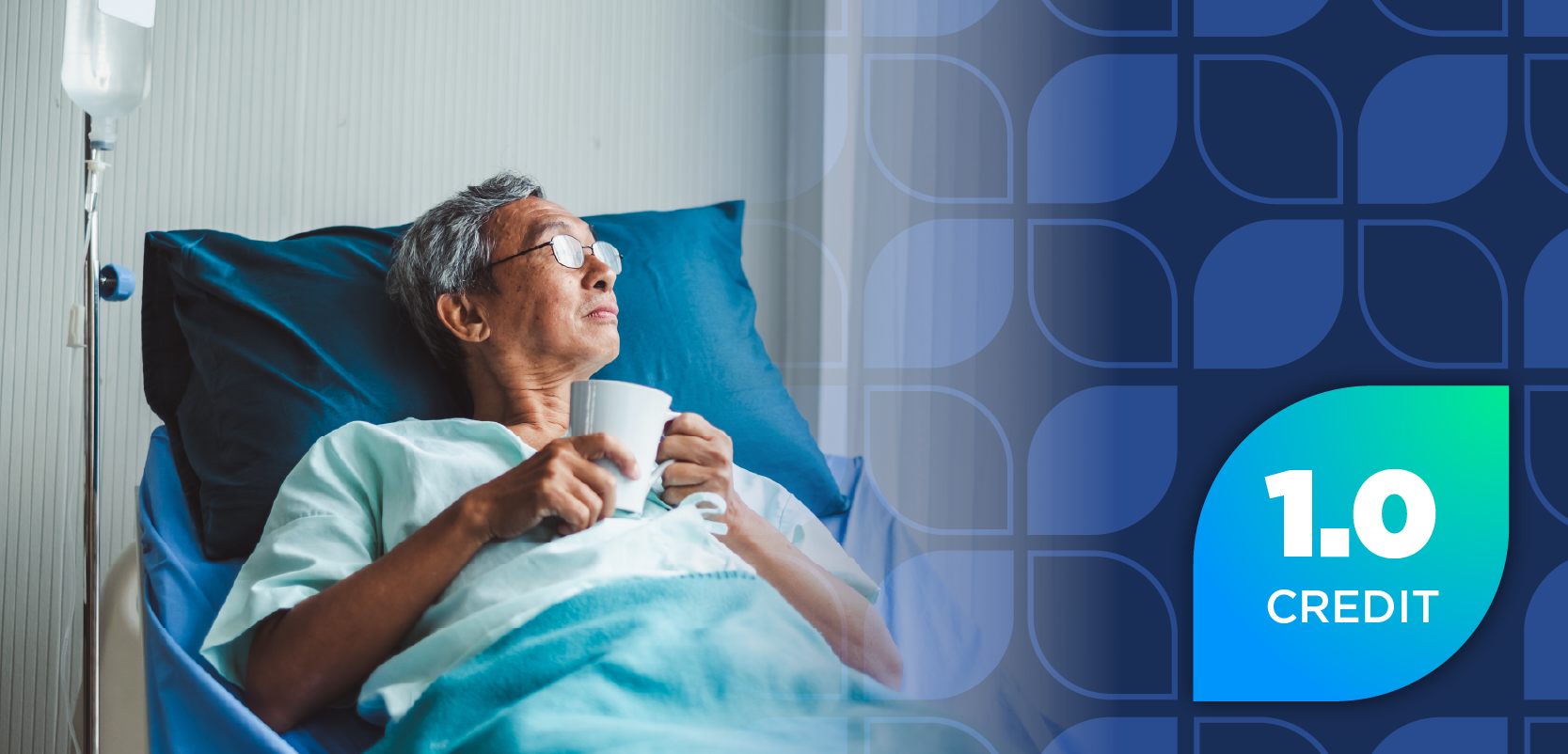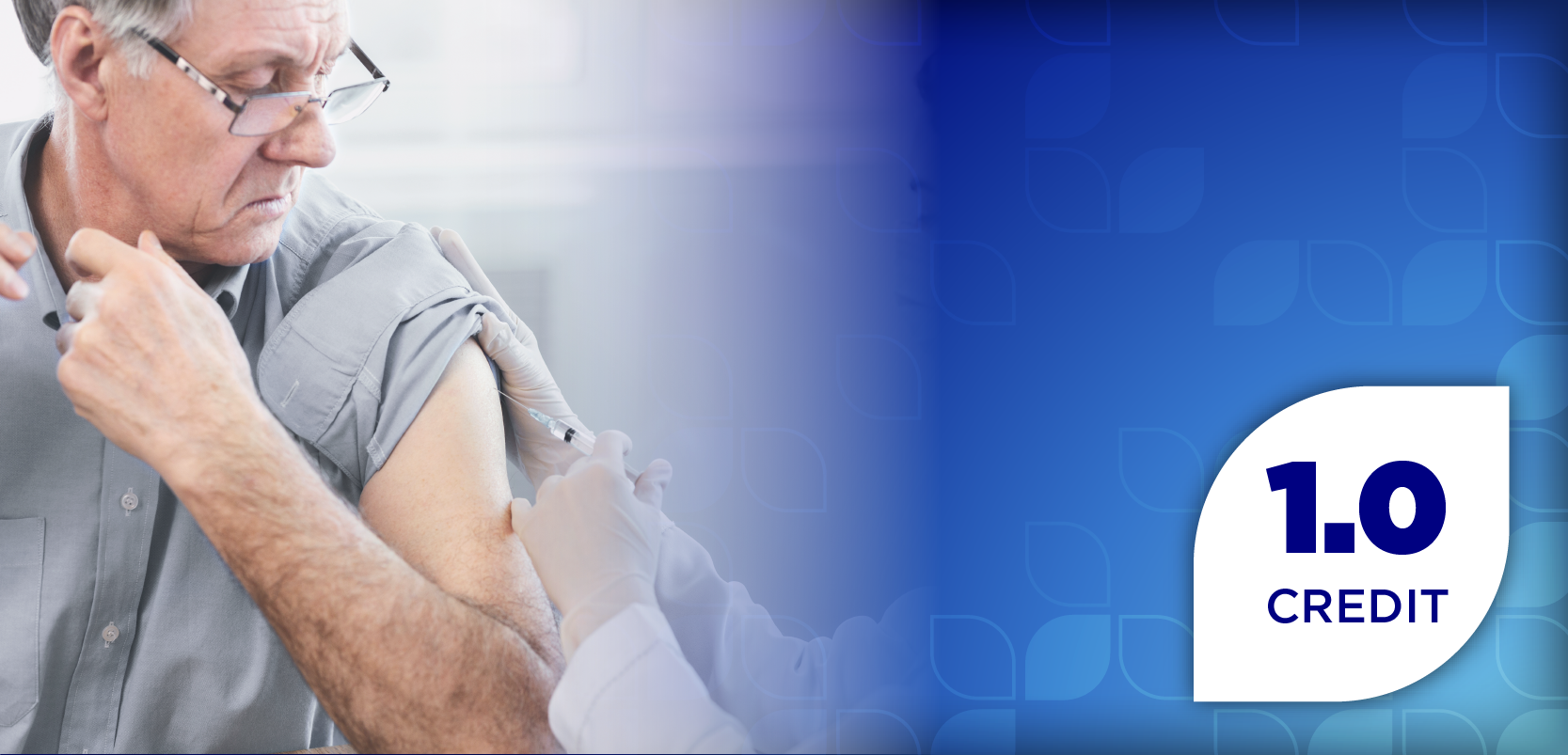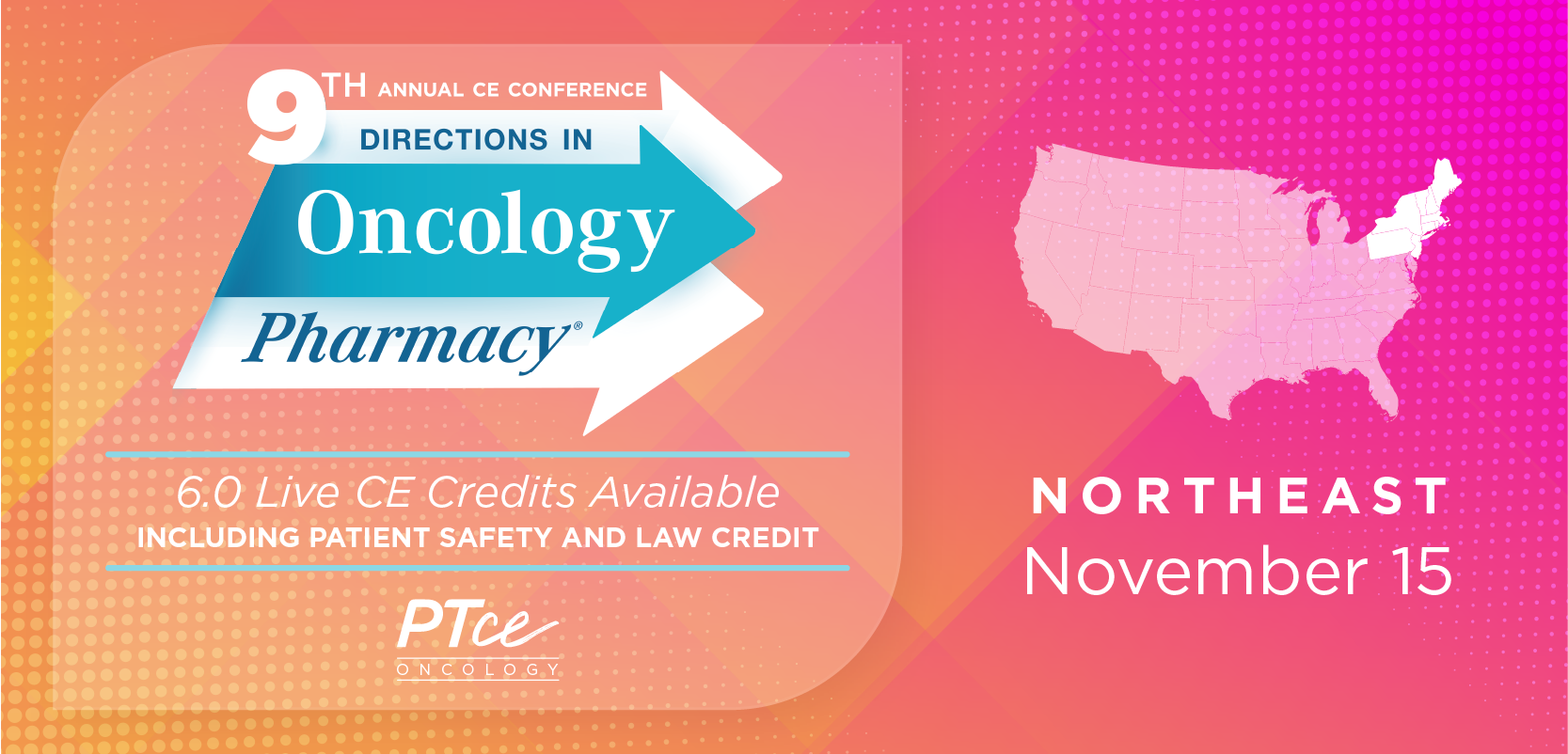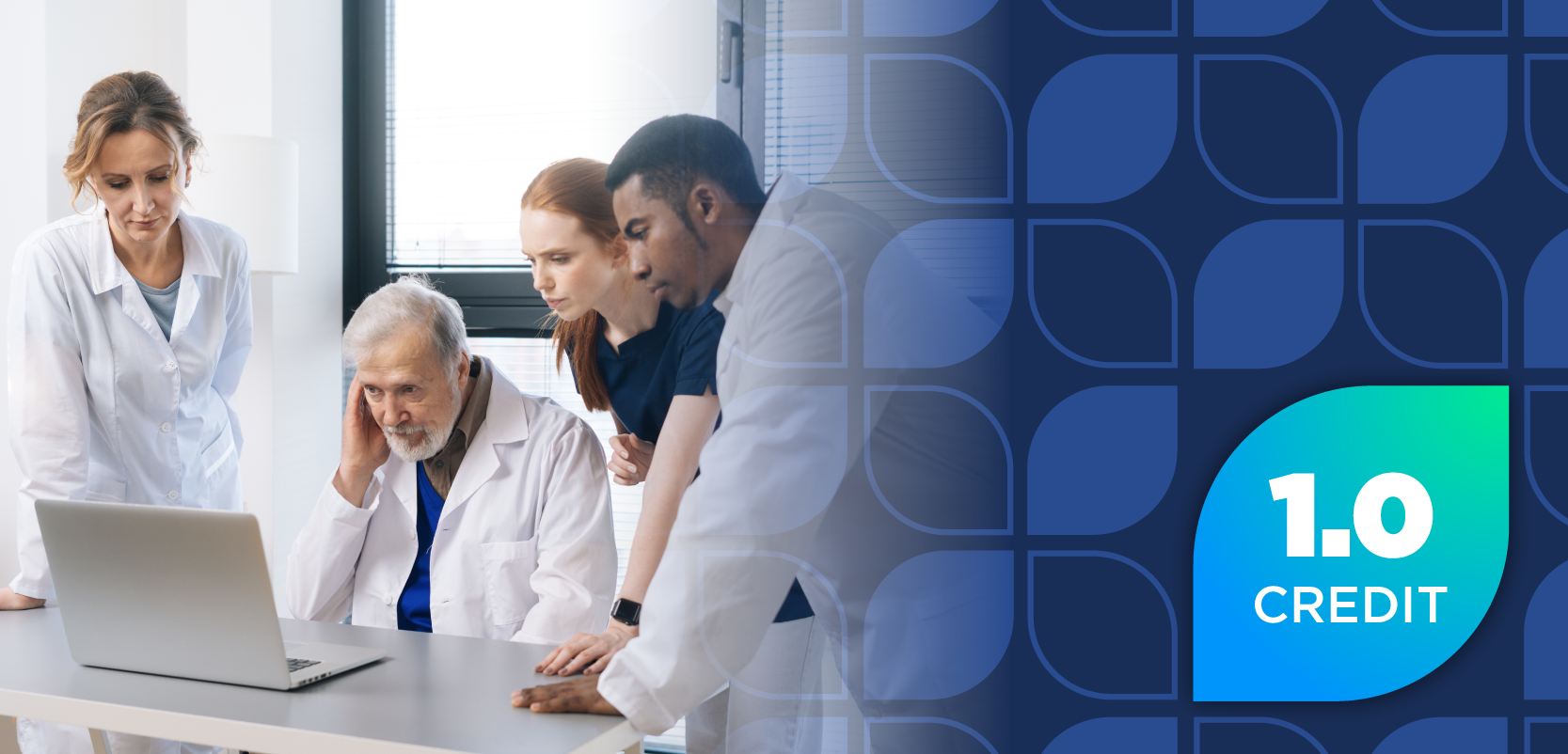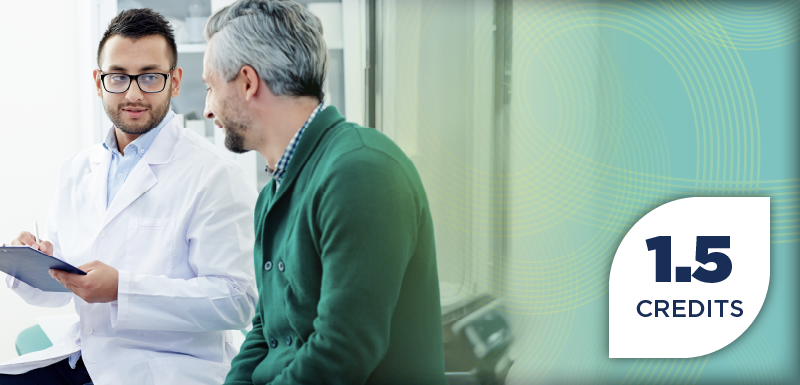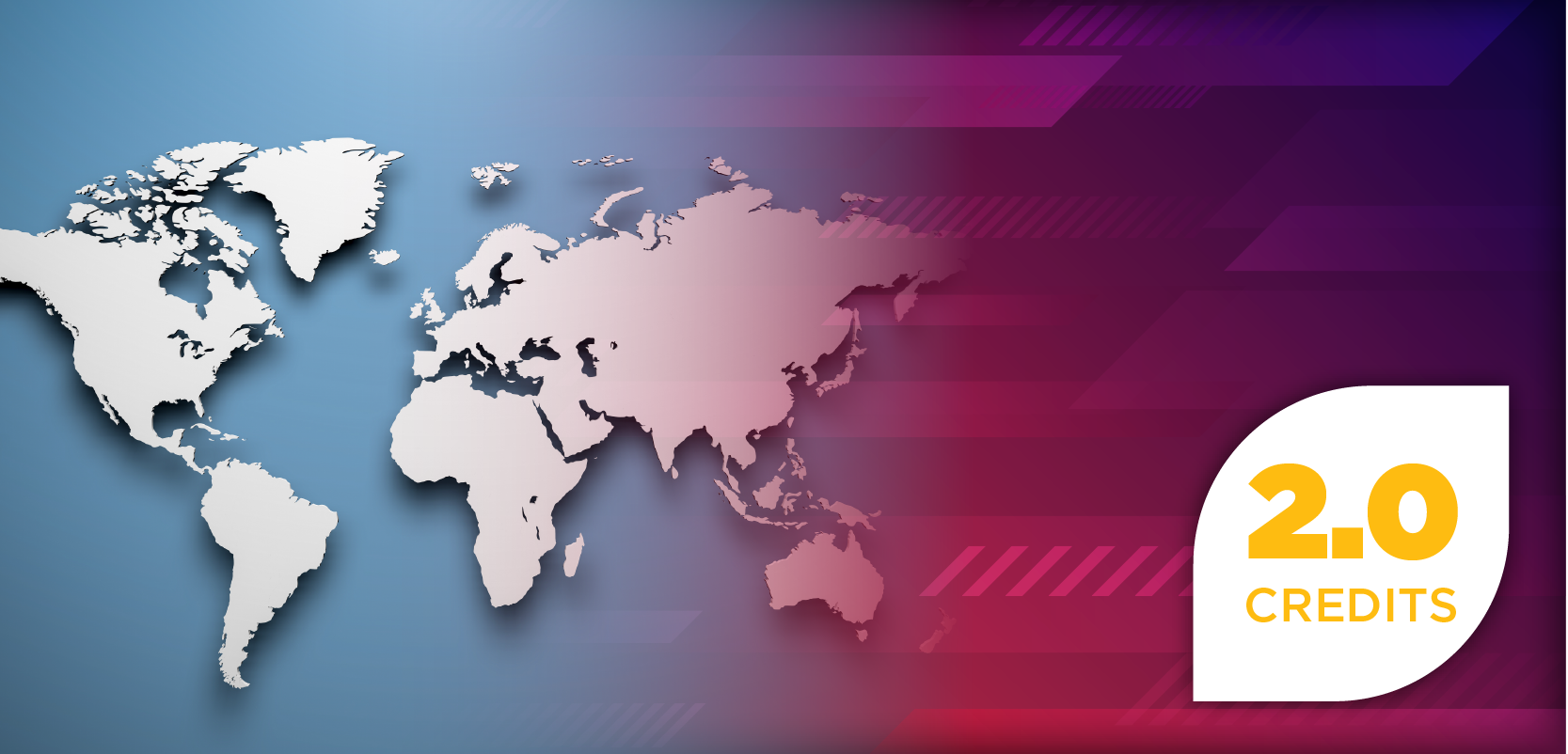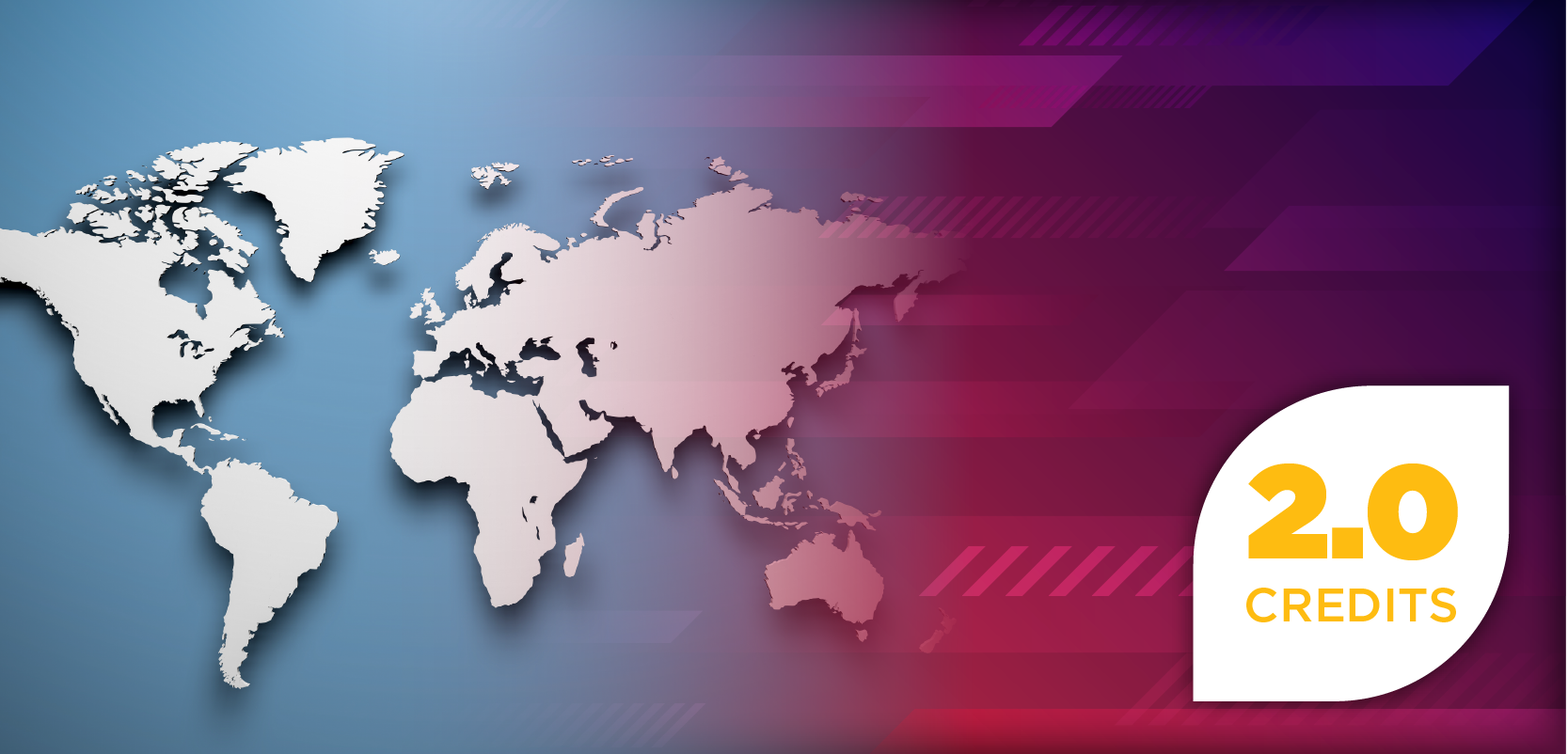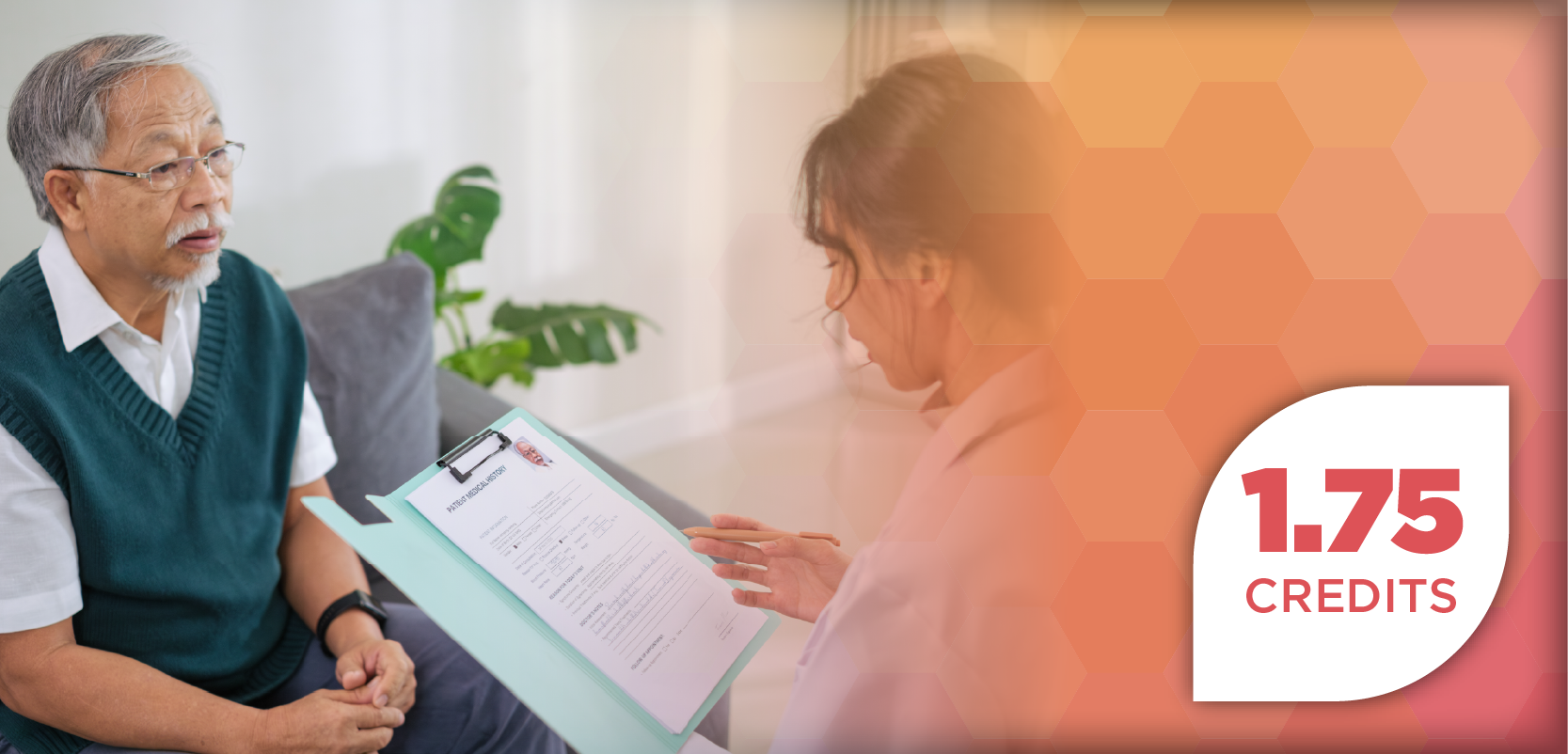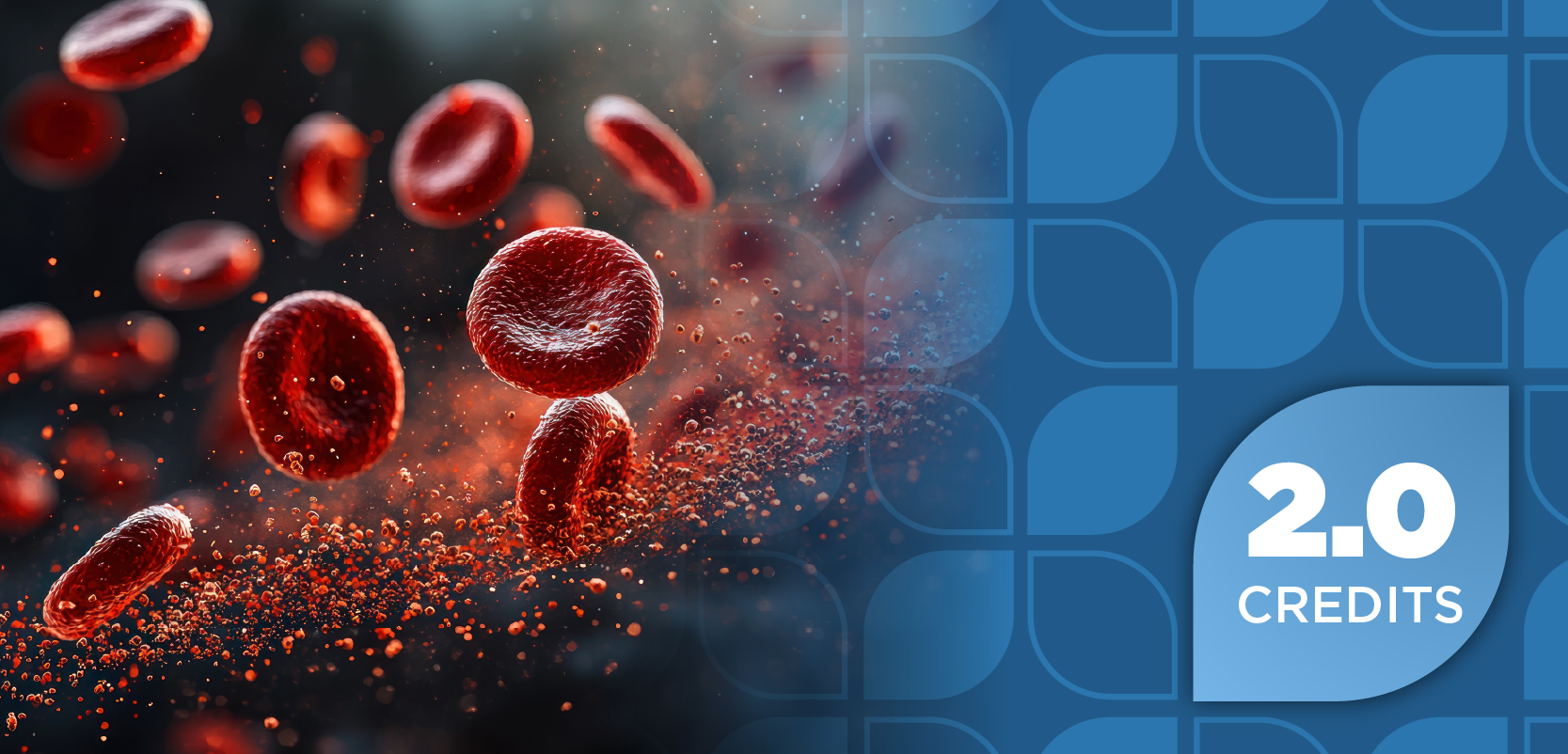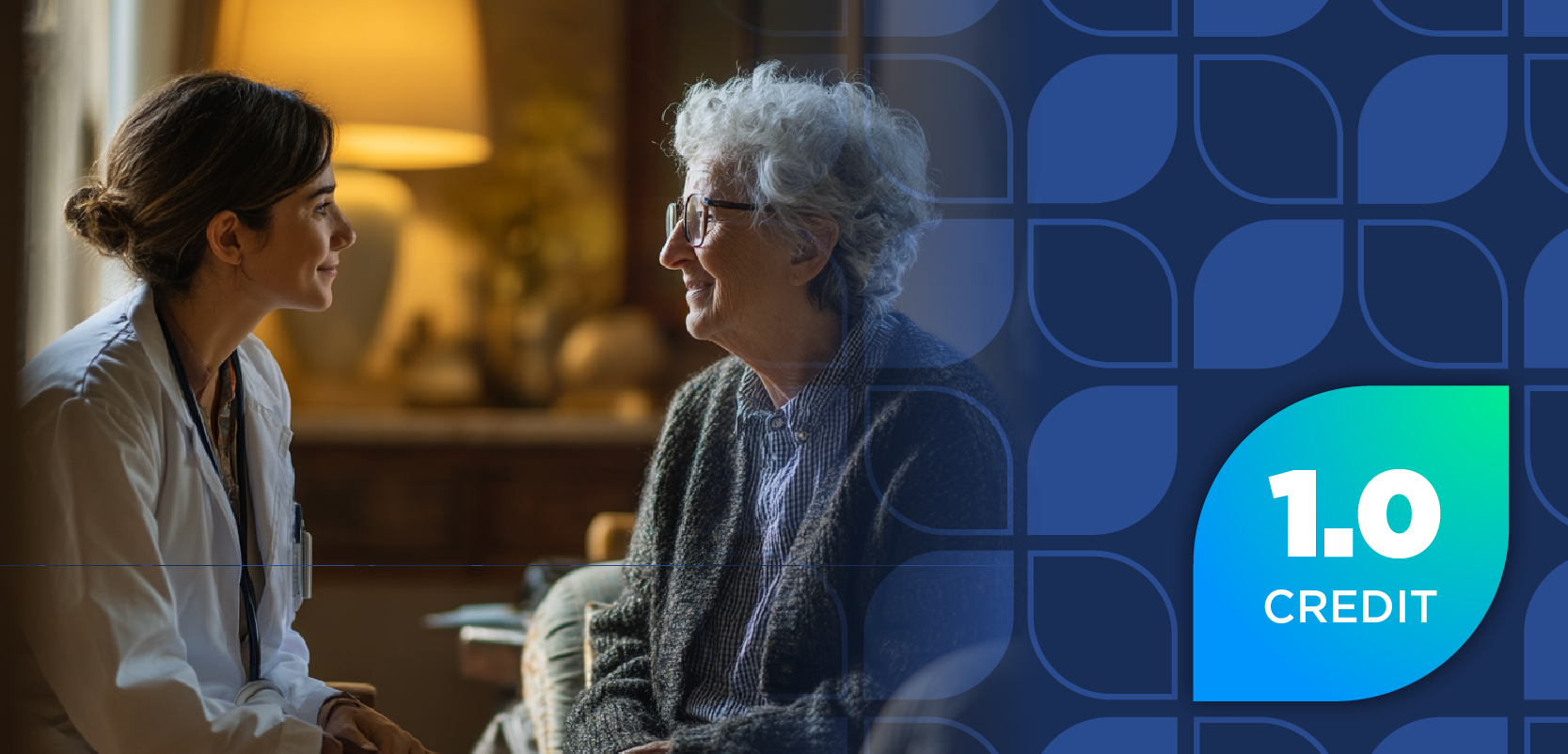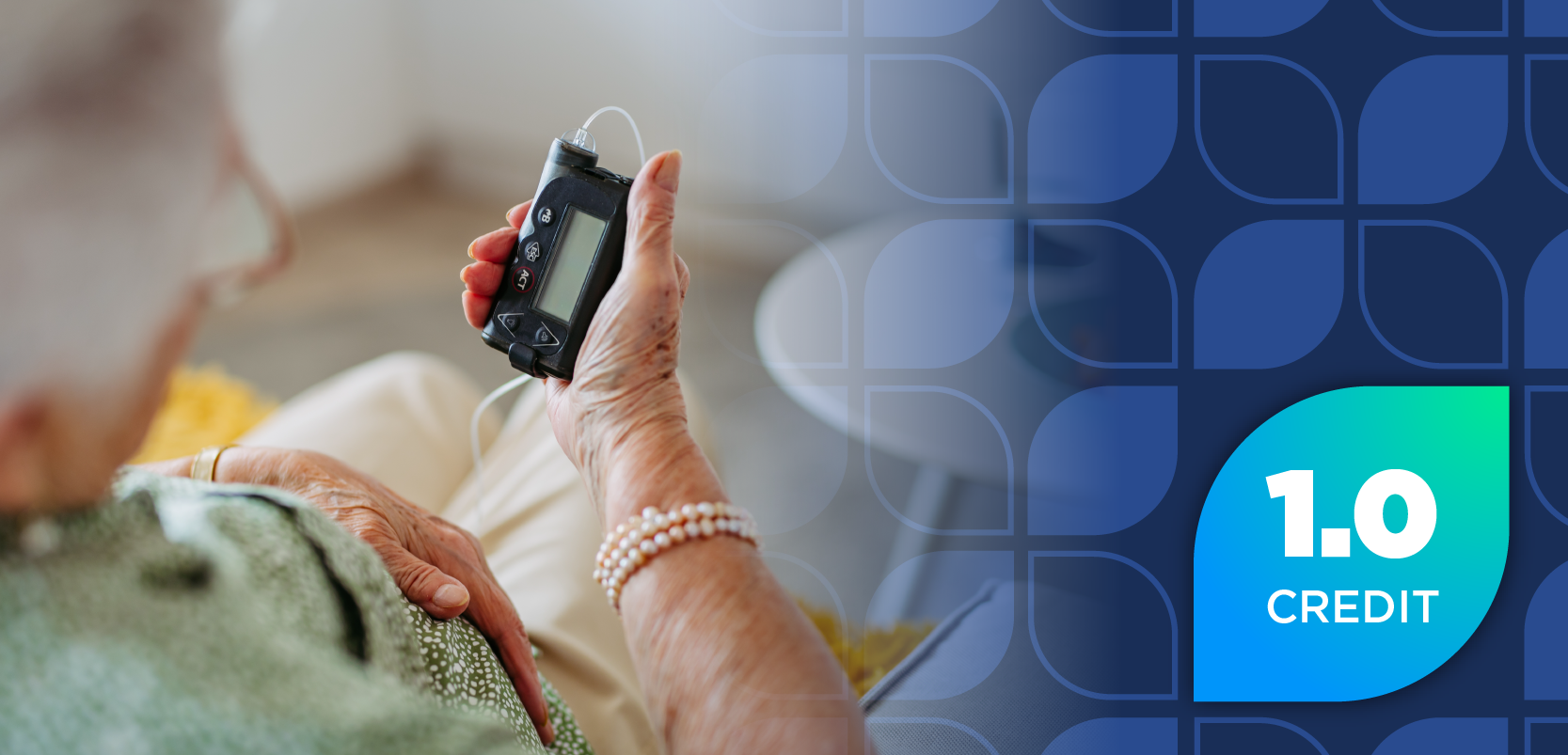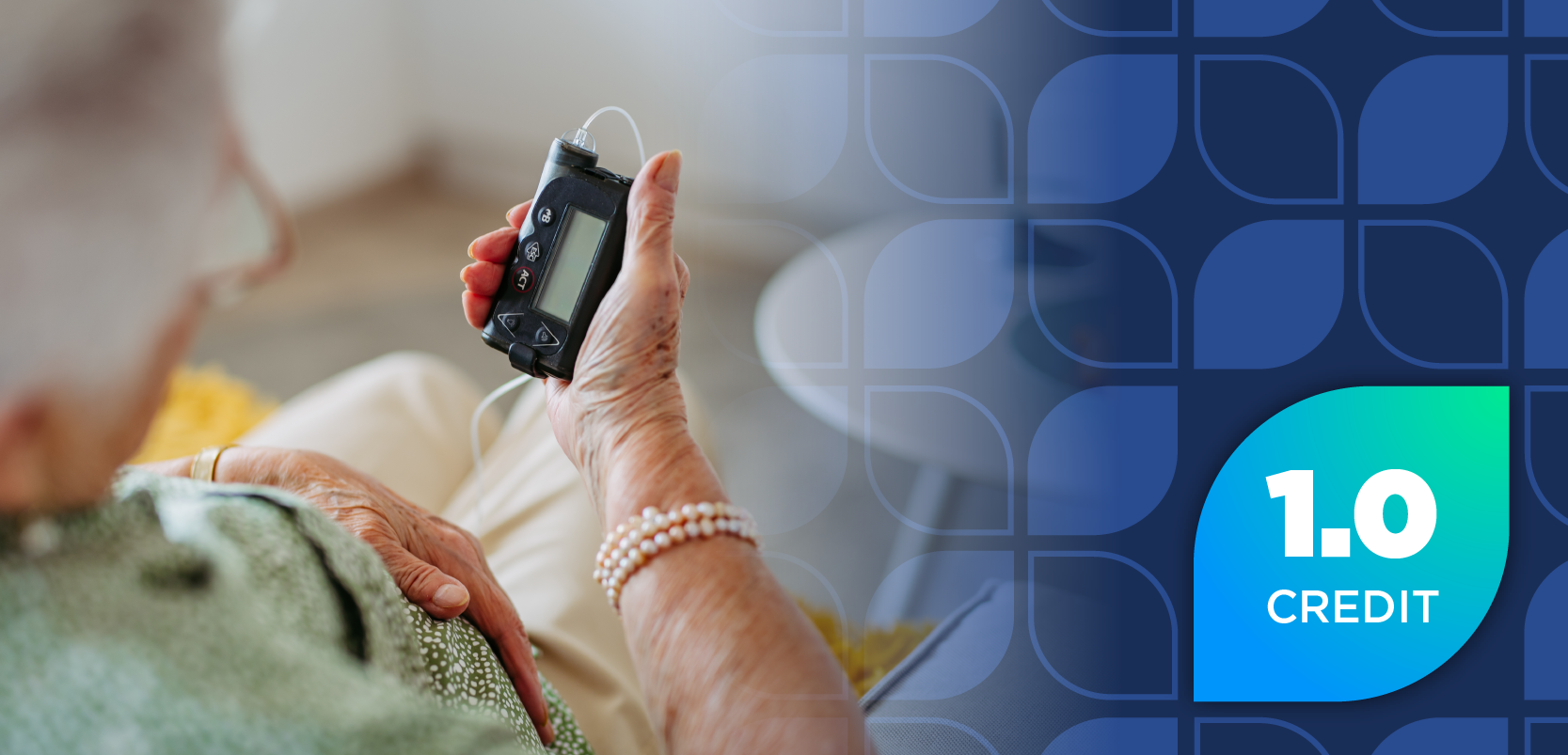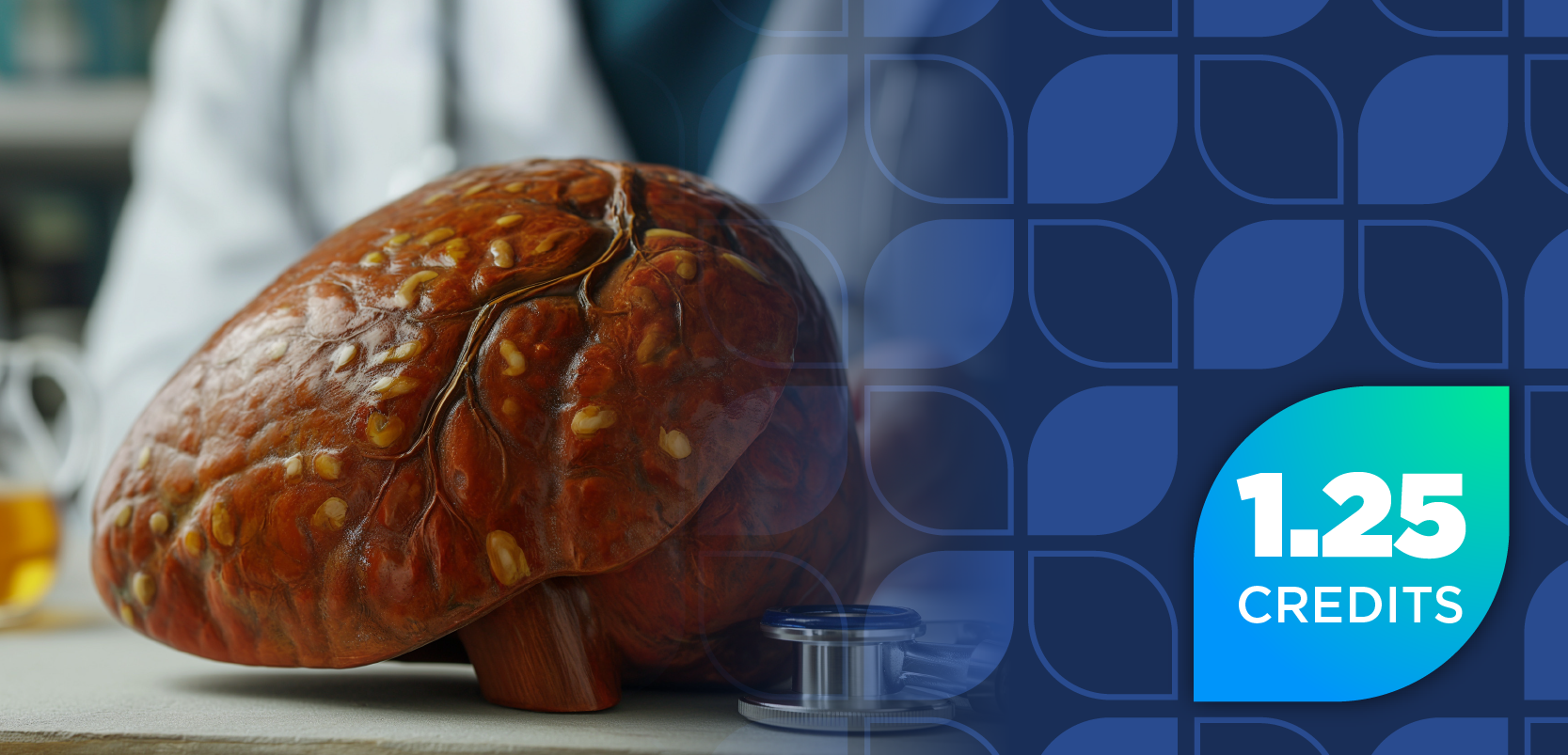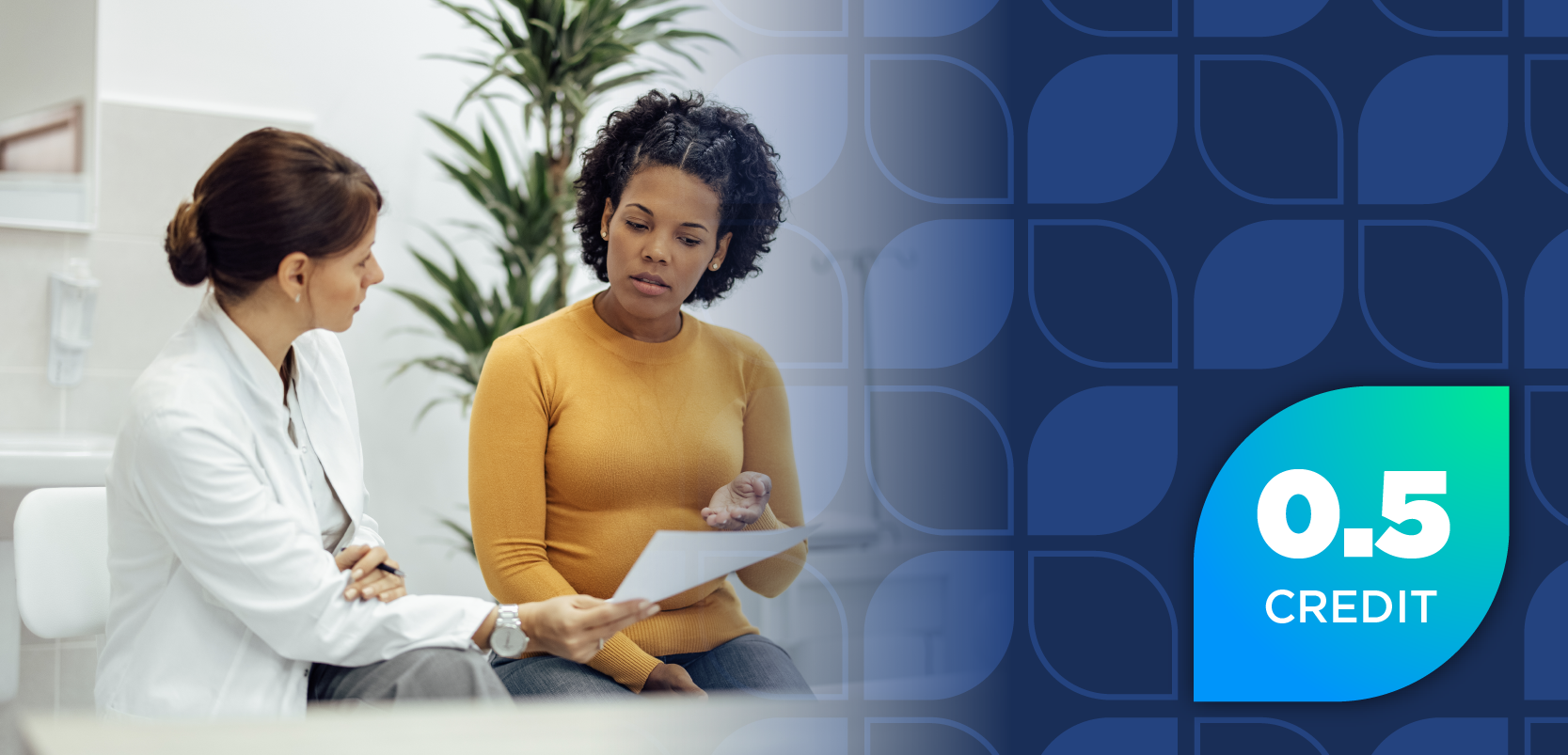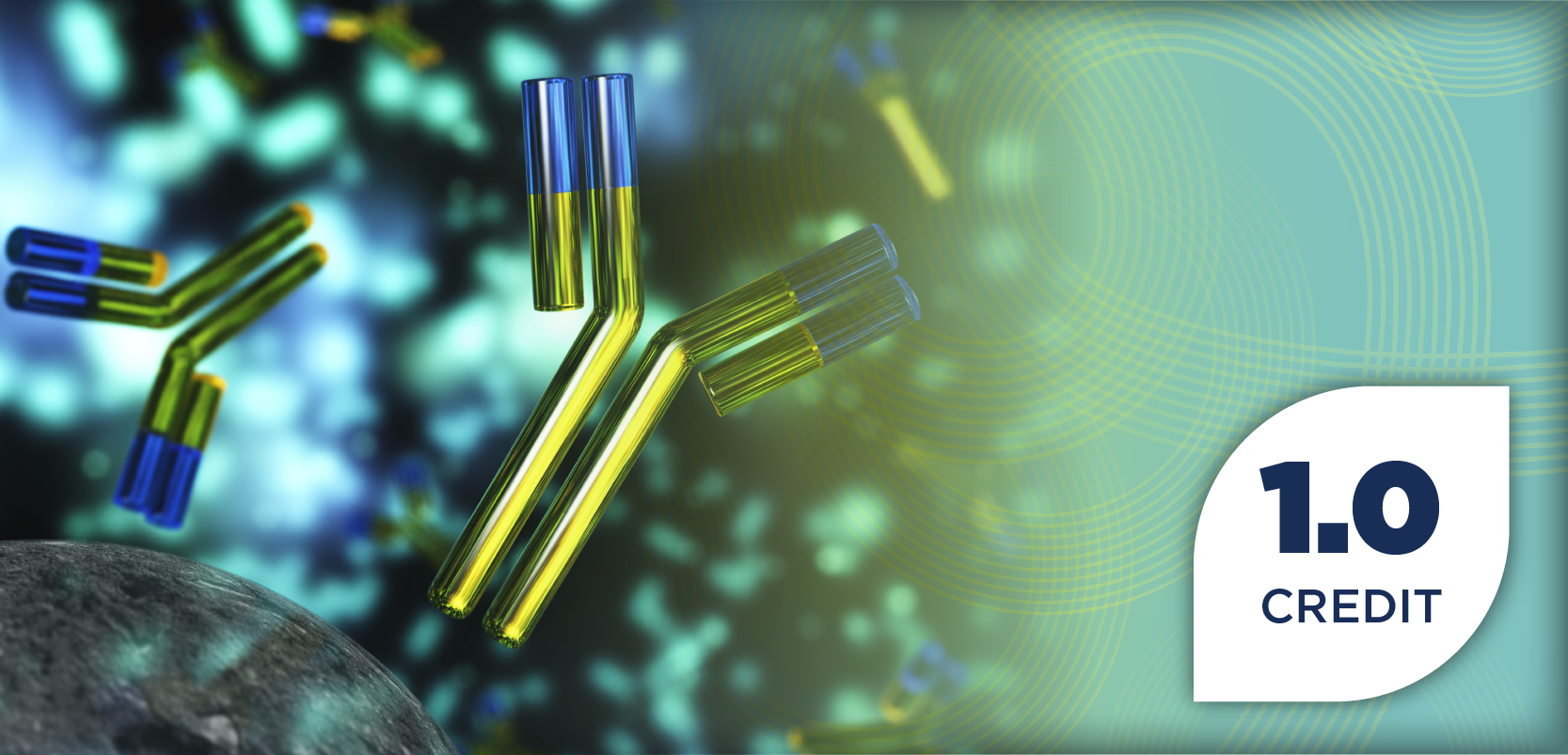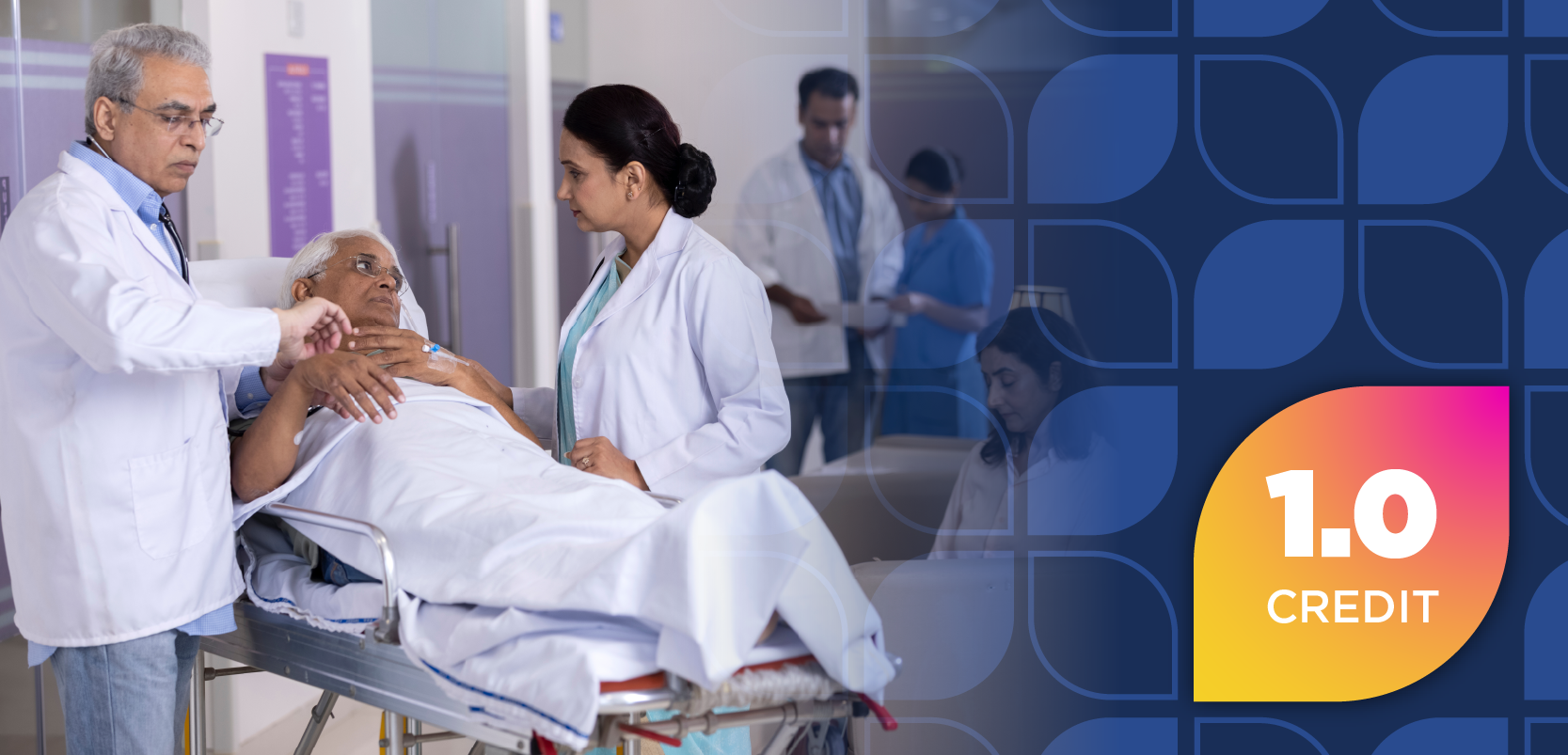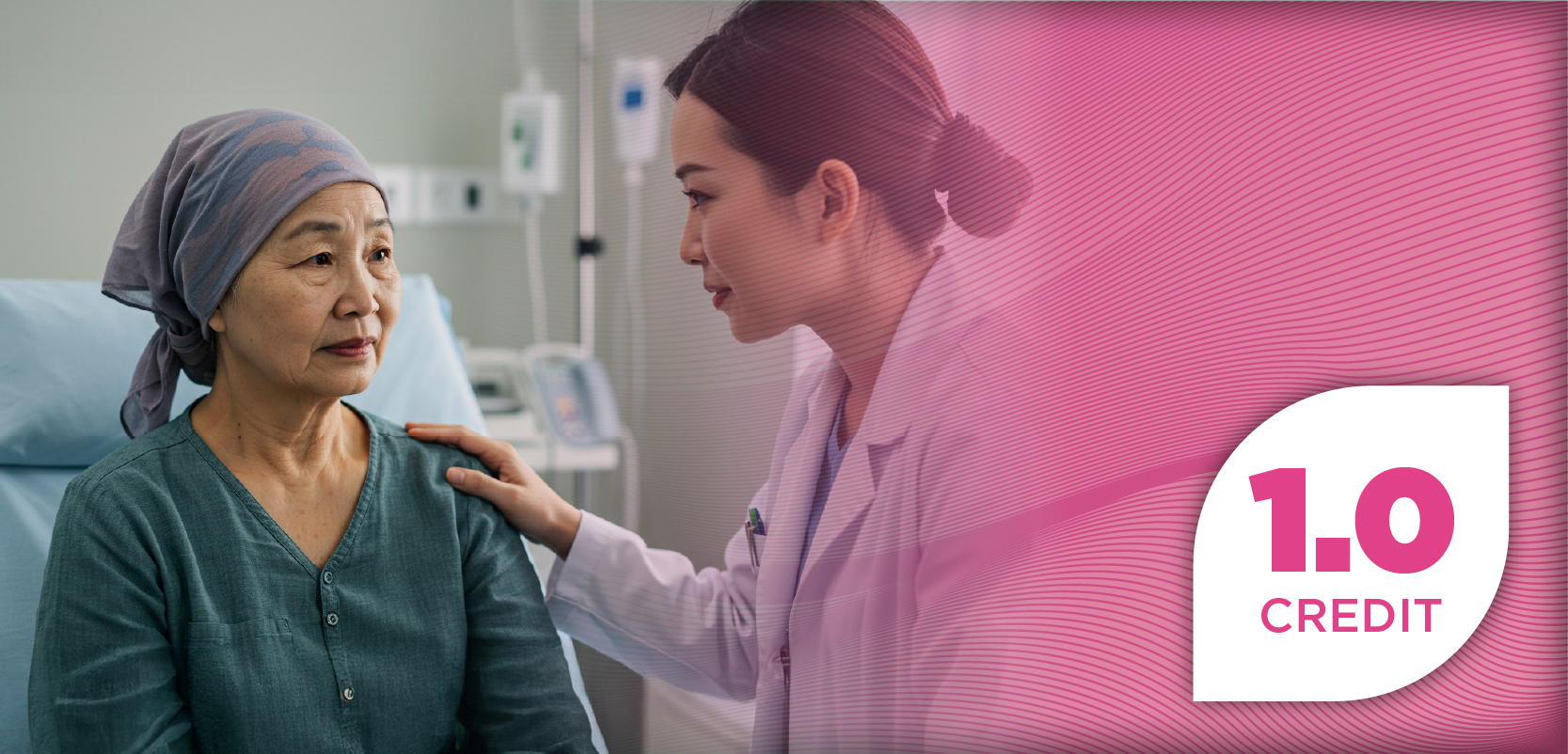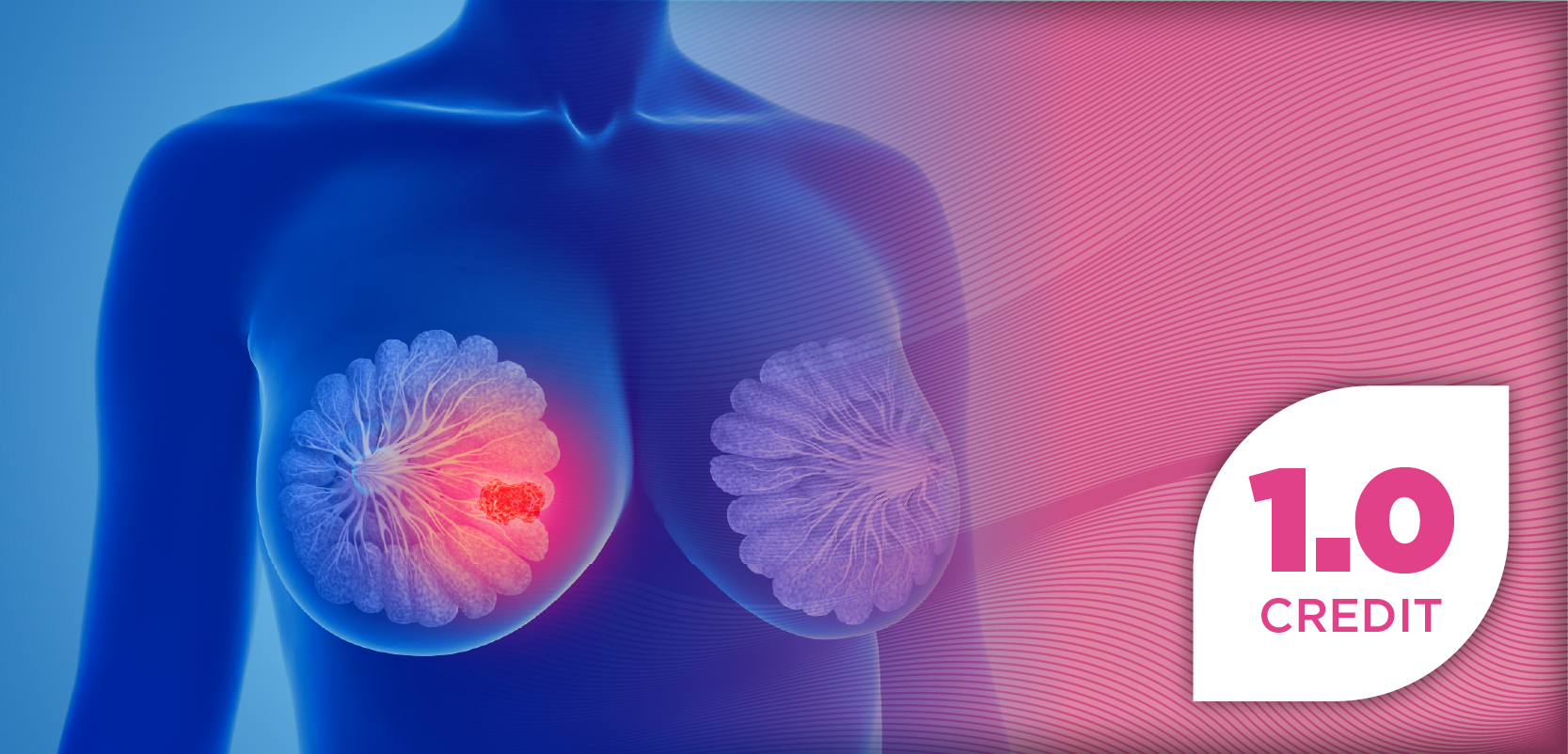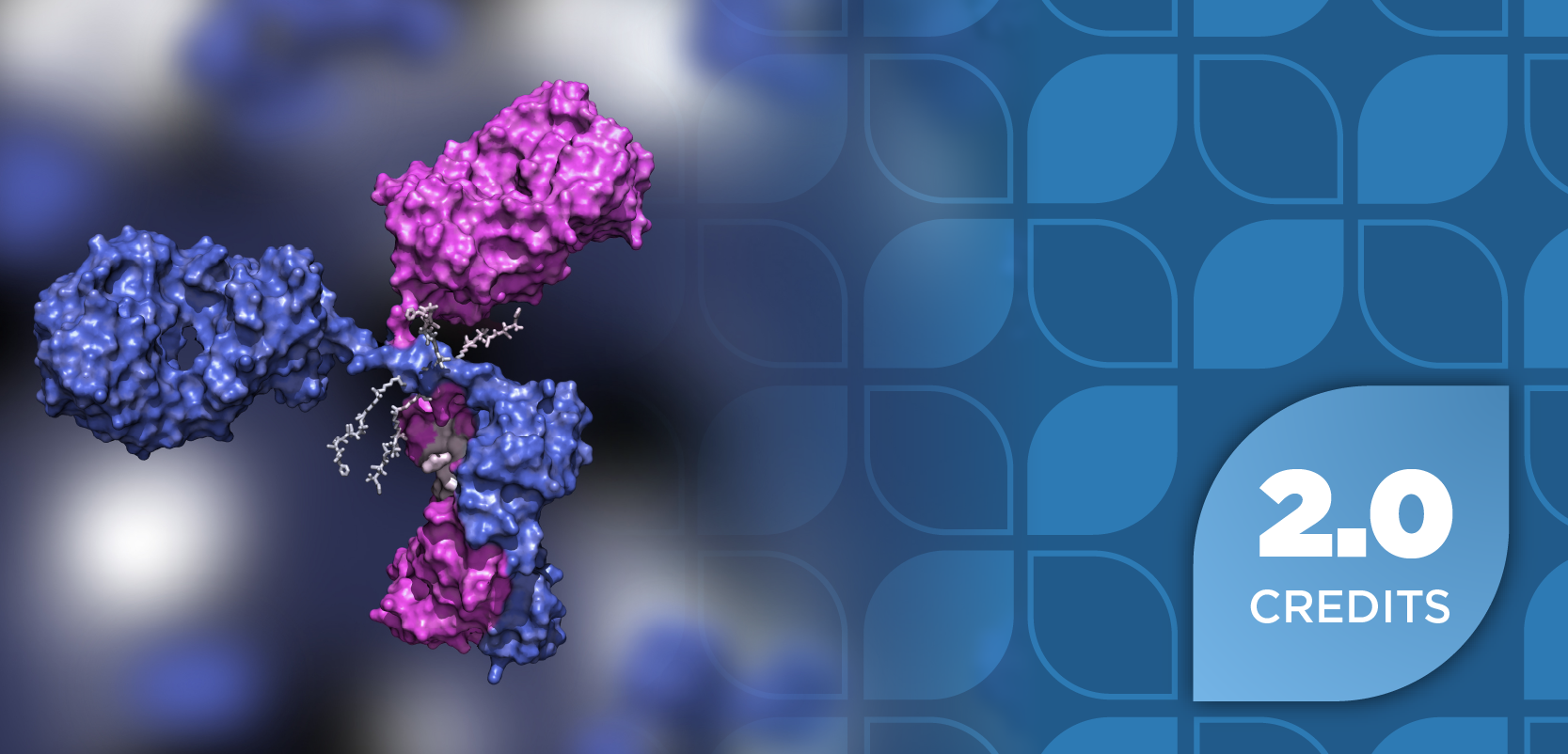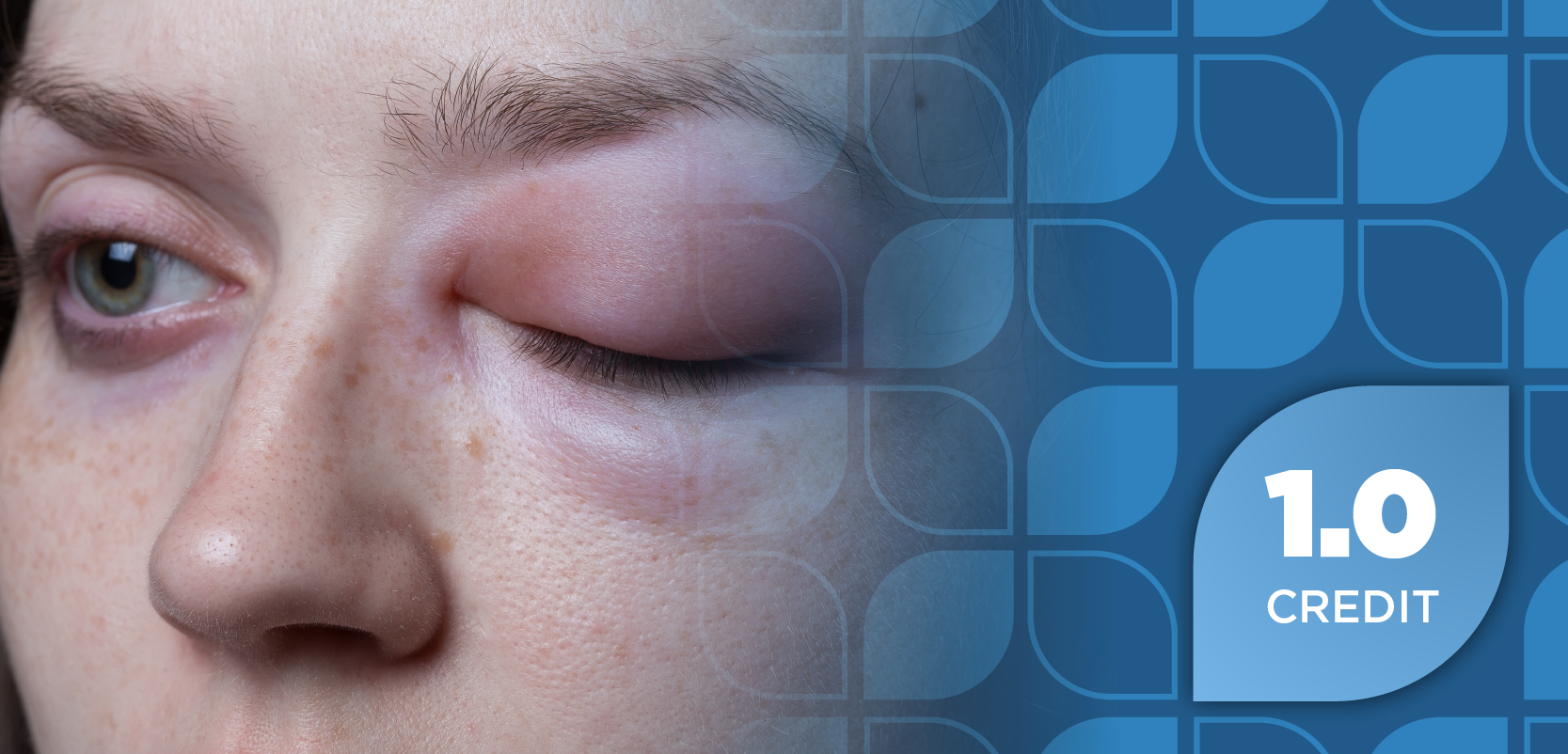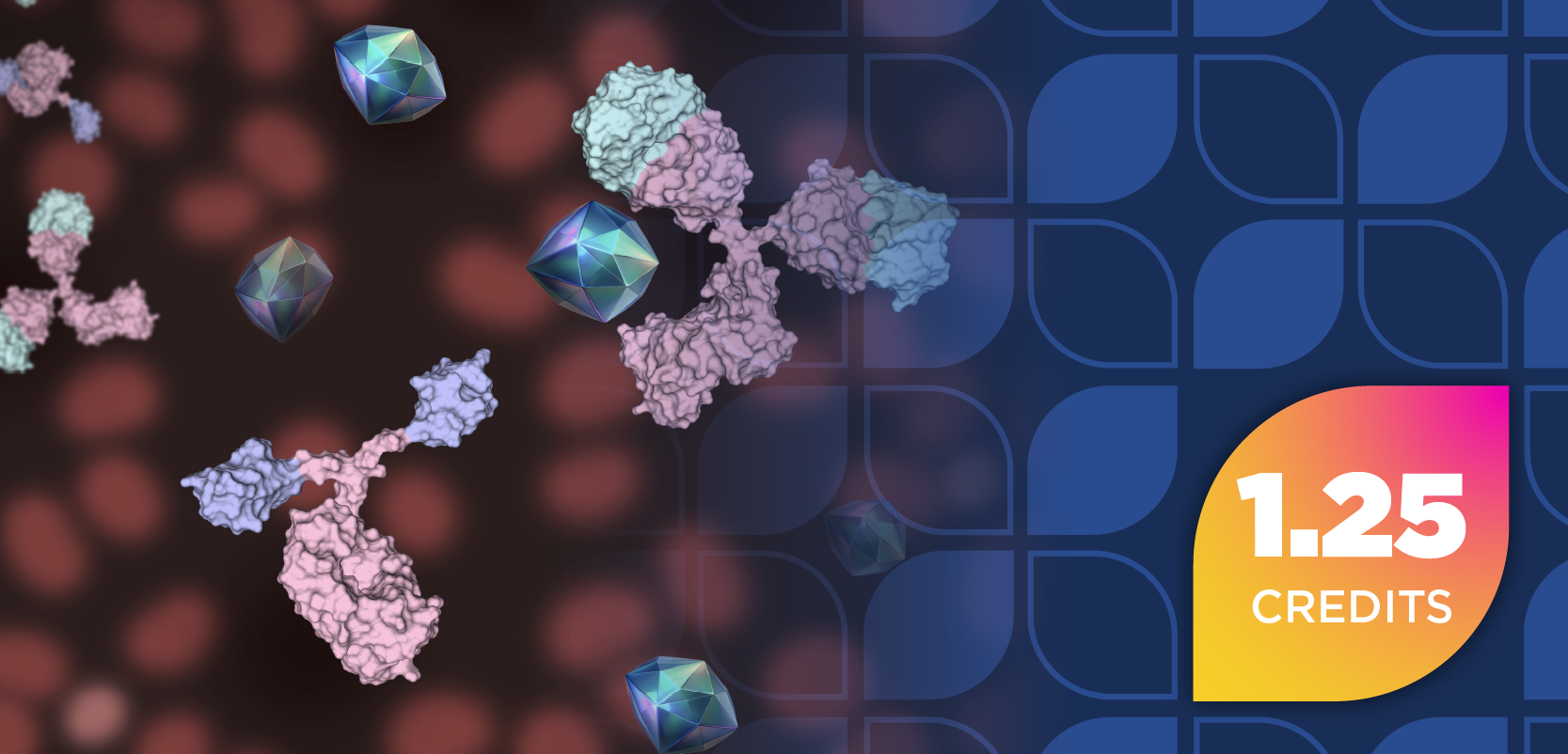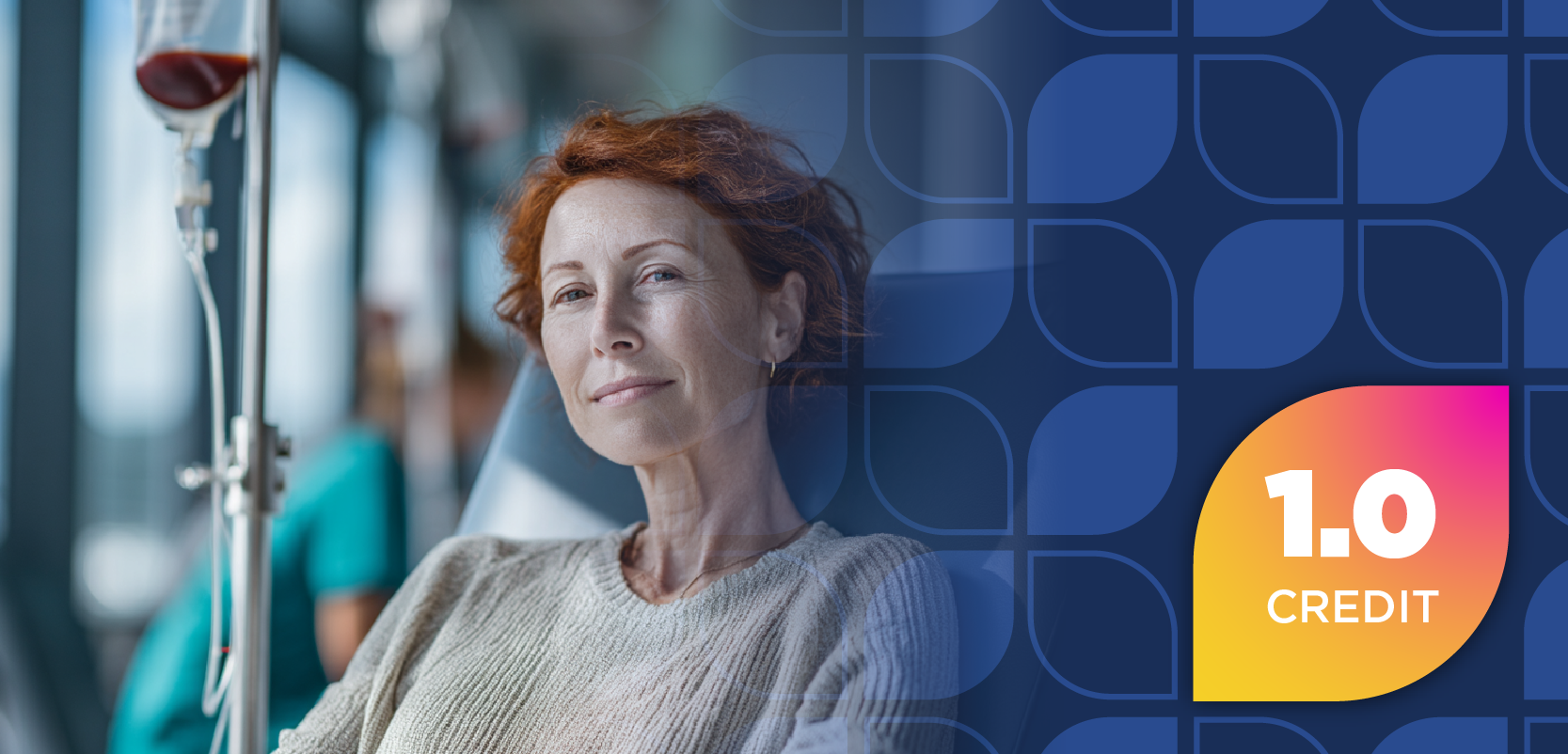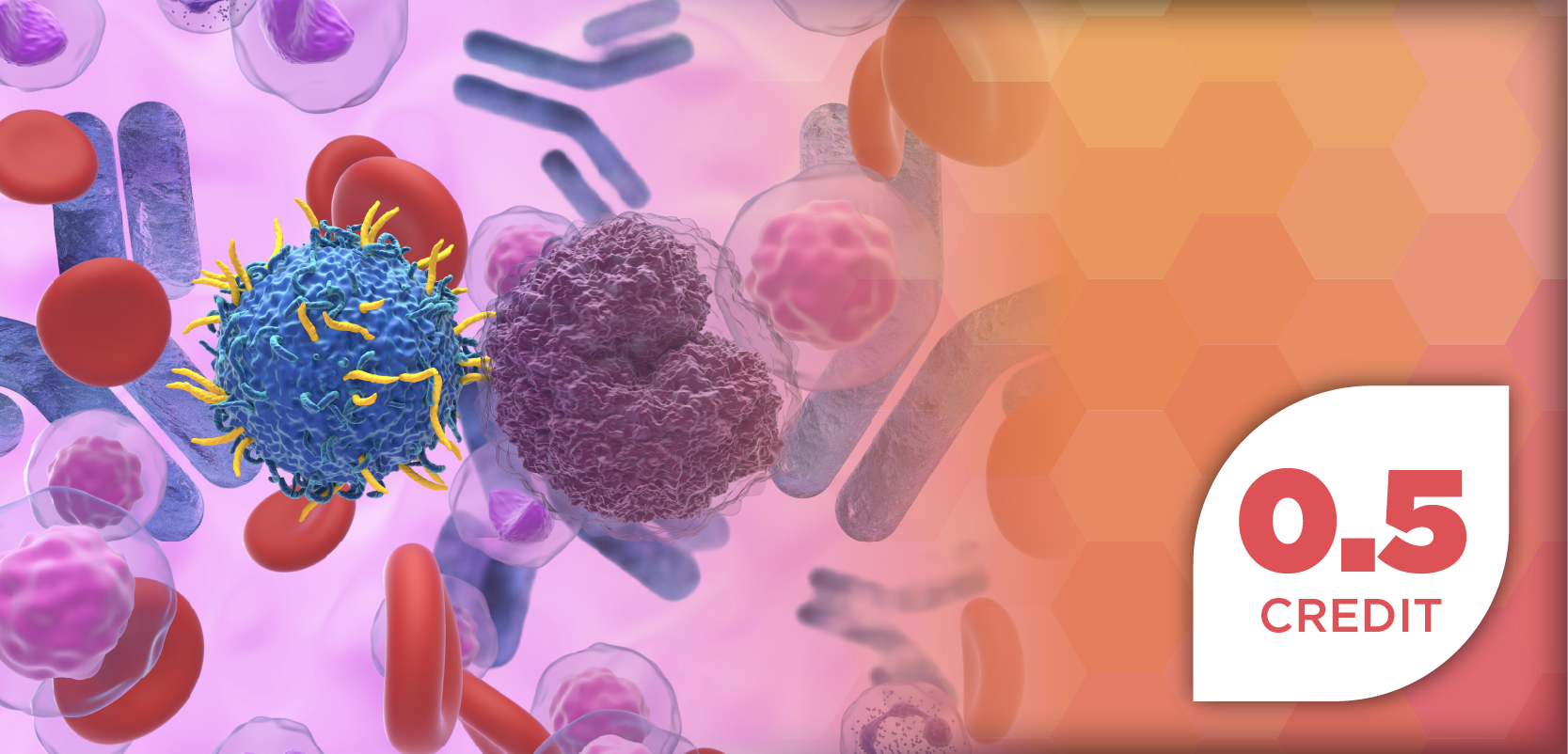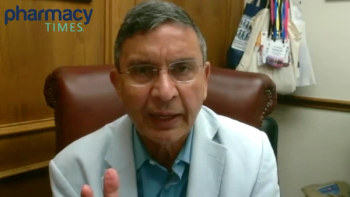
Expert: Overcoming Barriers to Wider Biosimilar Adoption
Gaps in education about biosimilars, particularly among pharmacists, patients, and prescribers, are a significant barrier to wider adoption.
In an interview with Pharmacy Times®, Josh Canavan, head of pharmacy at RazorMetrics, discusses cost-related nonadherence to expensive biologics, emphasizing its negative impacts on patient outcomes. Canavan shared that gap in education about biosimilars, including rules around interchangeability and formulary coverage, are the biggest barriers to wider biosimilar adoption. Pharmacies can use clinical pharmacists to educate local physicians and mid-level providers on biosimilars. Providing a centralized, simplified resource for health care providers to access biosimilar information can help facilitate the switch from reference products to biosimilars.
Pharmacy Times
Cost-related nonadherence is a significant problem, particularly with expensive biologics. How have you seen this impact patient outcomes?
Josh Canavan
One of the worst outcomes as a pharmacist is when a patient leaves the pharmacy without their medication. They went to see the doctor, they were prescribed something to treat a disease state, and now they've left the pharmacy empty handed. So, everyone's unhappy in this scenario — the pharmacist, the prescriber, and then, most importantly, the patient.Patient outcomes are worst case scenario here, because they have a disease state, they spend all this time going to the prescriber, they've come to the pharmacy, and now the cost of the medication has not allowed them to pick it up. This is one of the problems that we need to solve. There are expensive co pays, expensive coinsurance, and ultimately this leads to higher costs in health care, because patients are going untreated for disease states they have which will only progress and get worse. This is something we need to handle and figure out how to lower the cost so that patients can walk away from the pharmacy with the medication.
Pharmacy Times
What are the biggest barriers you see to wider biosimilar adoption in your practice, and how can these be overcome?
Canavan
Biggest barrier we see right now is around gaps in education about biosimilars. From the pharmacist perspective, there are specific rules and even state laws around interchangeability, which biosimilars can be filled without a new order. State laws around how you have to communicate back to the prescriber when you fill a biosimilar if it's not interchangeable, and then uncertainty about which biosimilars you should have available. There are so many out there, and stocking every single one of them is very expensive. The idea that the pharmacist needs to know which one to stock so when the patient shows up with a prescription, they can fill it immediately — that's difficult.
For the patient, it's a little bit simpler, because they just want to know what a biosimilar is. Sometimes they've never heard of it, they don't know what it means. They don't know why they're on a biosimilar versus the reference product that they were originally prescribed. And if we say it's similar to a generic, why are we calling it a biosimilar at all? Why not just call it a generic? There's some education there for the patient to sort of ease their frustrations and the unknown of getting a new medication.
Then for the prescriber, it's knowing which biosimilar is covered by that patient's formulary. We're expecting prescribers to know when the patient shows up at their practice, which biosimilar they should be writing for, which ones are interchangeable at the pharmacy, which ones will be available going back to the pharmacist stocking all of these. It's a very difficult task for the prescriber to try to figure out which one to write for. And so, I think that's a huge barrier and why they're not always writing for biosimilars and sticking with the reference product.
Pharmacy Times
How can pharmacies play a more active role in educating physicians and facilitating the switch to biosimilars?
Canavan
This is difficult, because if you've been to a retail pharmacy lately, you know how busy it is. There's not a lot of time for the pharmacist, or anyone at the pharmacy to contact local physicians and try to educate them on biosimilars and biologic. The best option is to try to use clinical pharmacists to do this. There's clinical trial data, there's FDA communications, like I mentioned before, there's state laws that have to be followed. So, using clinical pharmacists to do this at the local level would be the best way. But again, that's really difficult. What we're trying to do at Razor is we have an entire biosimilar education program to try to tackle this problem, since it's so difficult at the local retail pharmacy level.Physicians, mid-levels, pharmacists, they all want to view this information in one place. They don't have to go searching for it. They don't want to have to go to 10 different websites to find state laws and then look up formularies and figure out all the answers to these questions. We try to simplify it, put it all in one place, so that's a simple link, a simple click, and you can get all the information you need.
Newsletter
Stay informed on drug updates, treatment guidelines, and pharmacy practice trends—subscribe to Pharmacy Times for weekly clinical insights.

